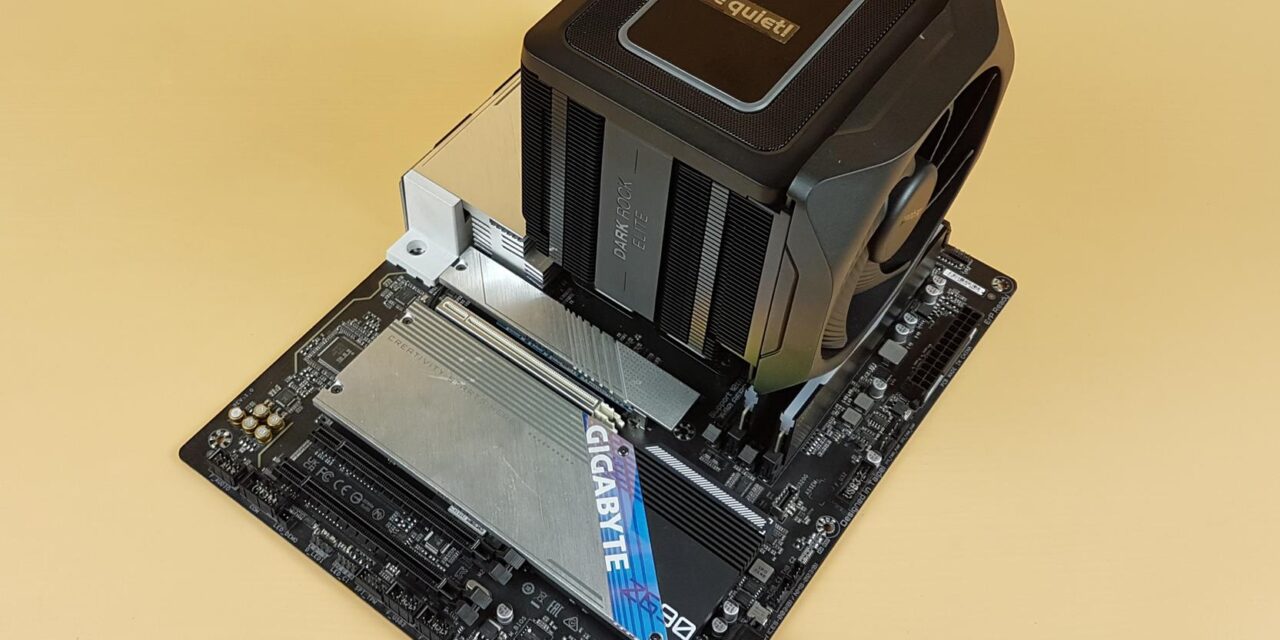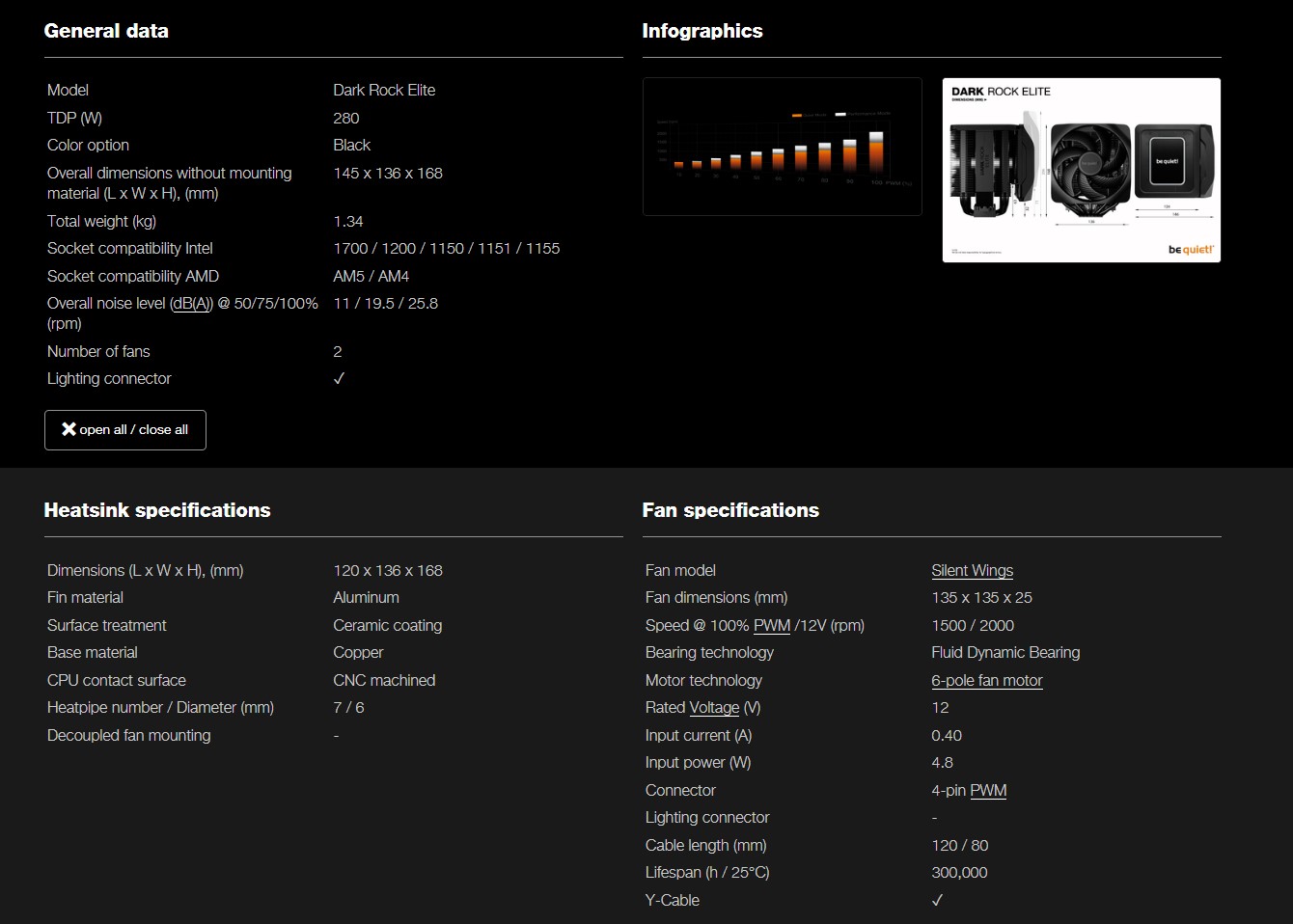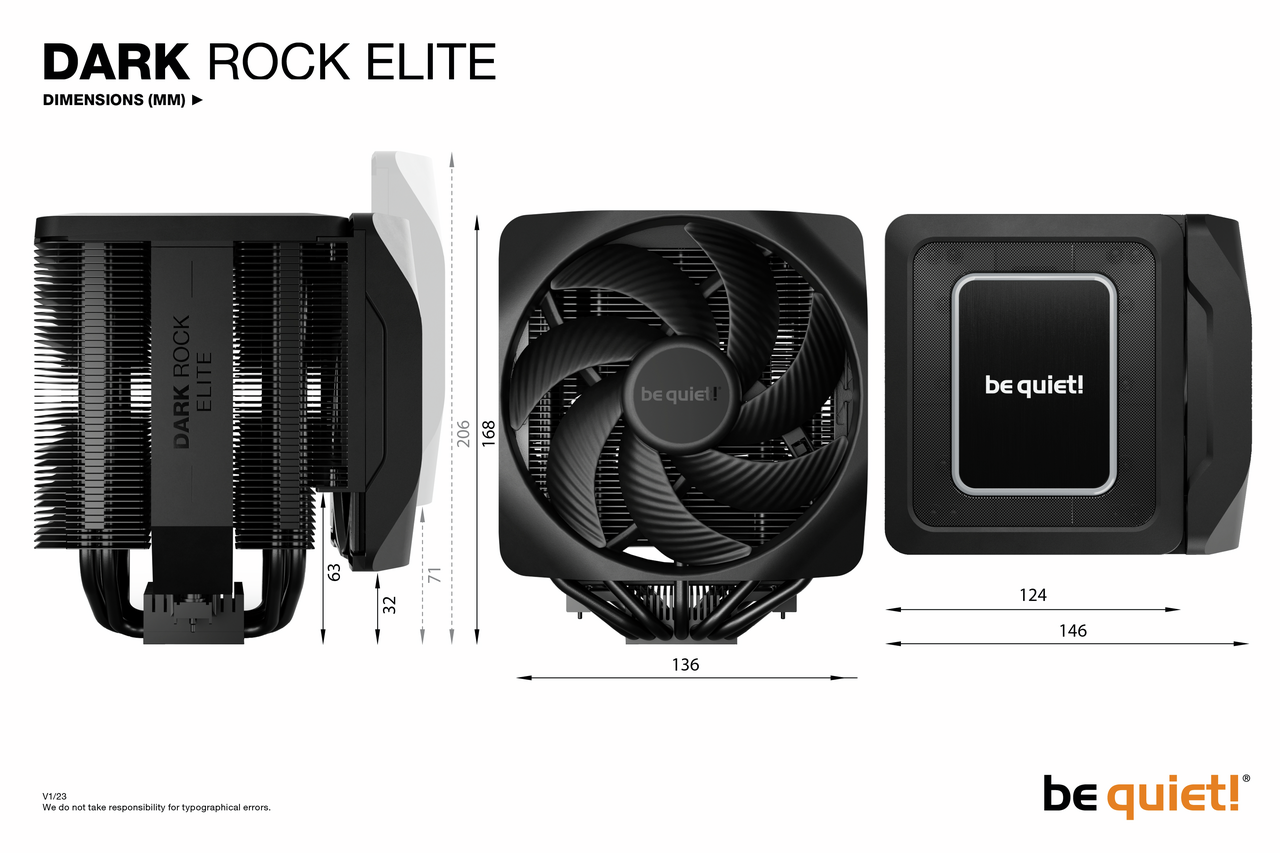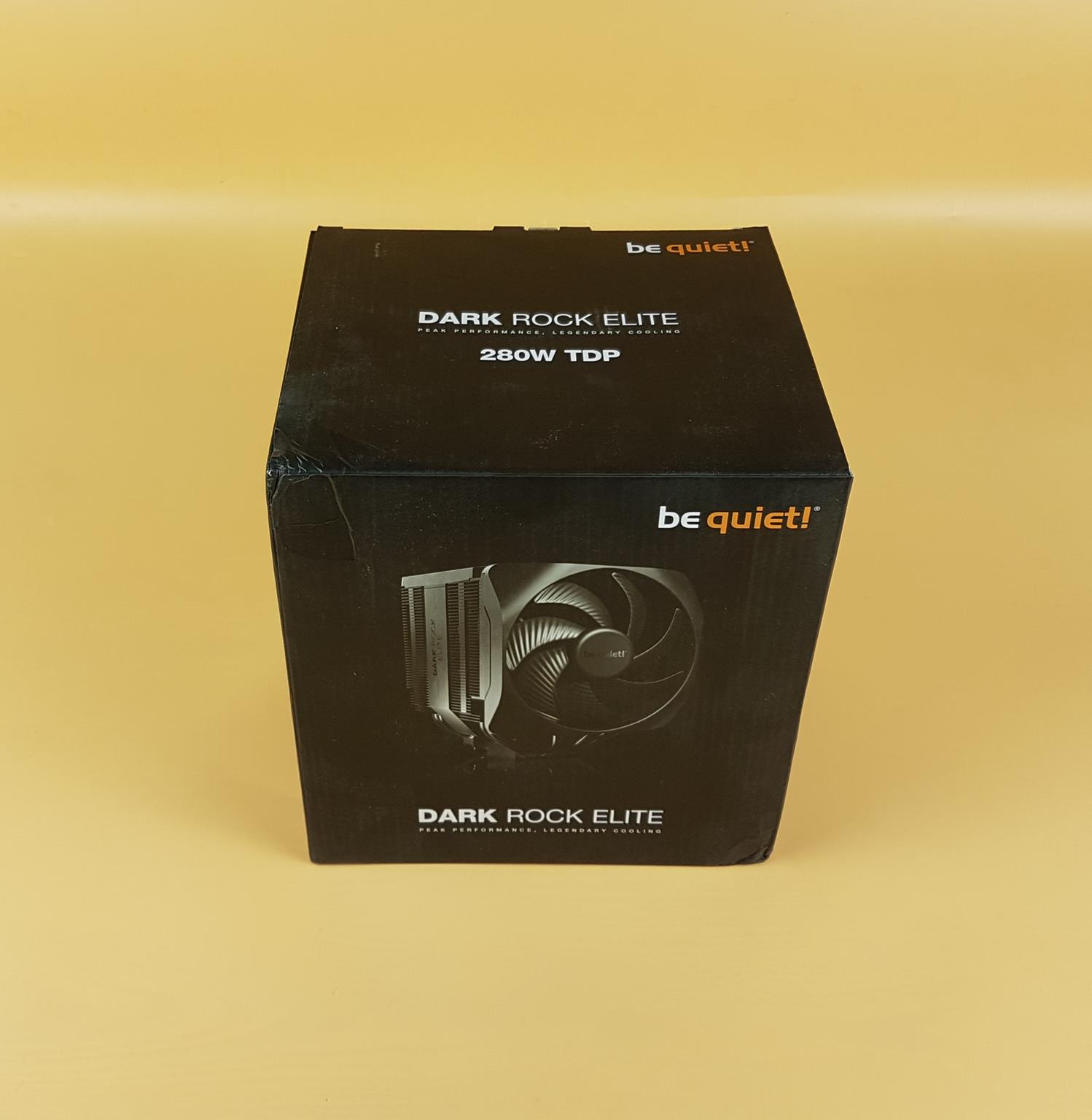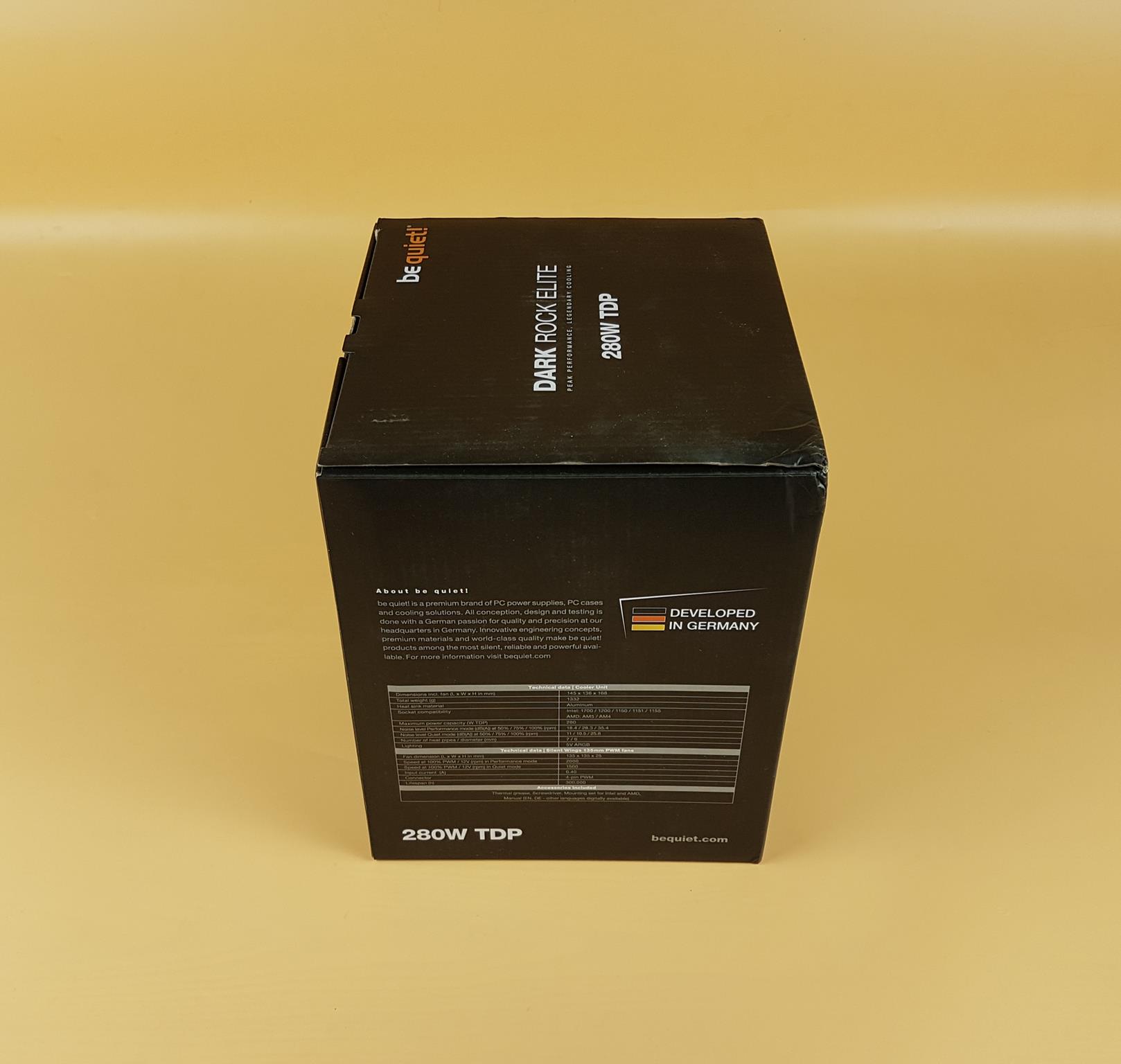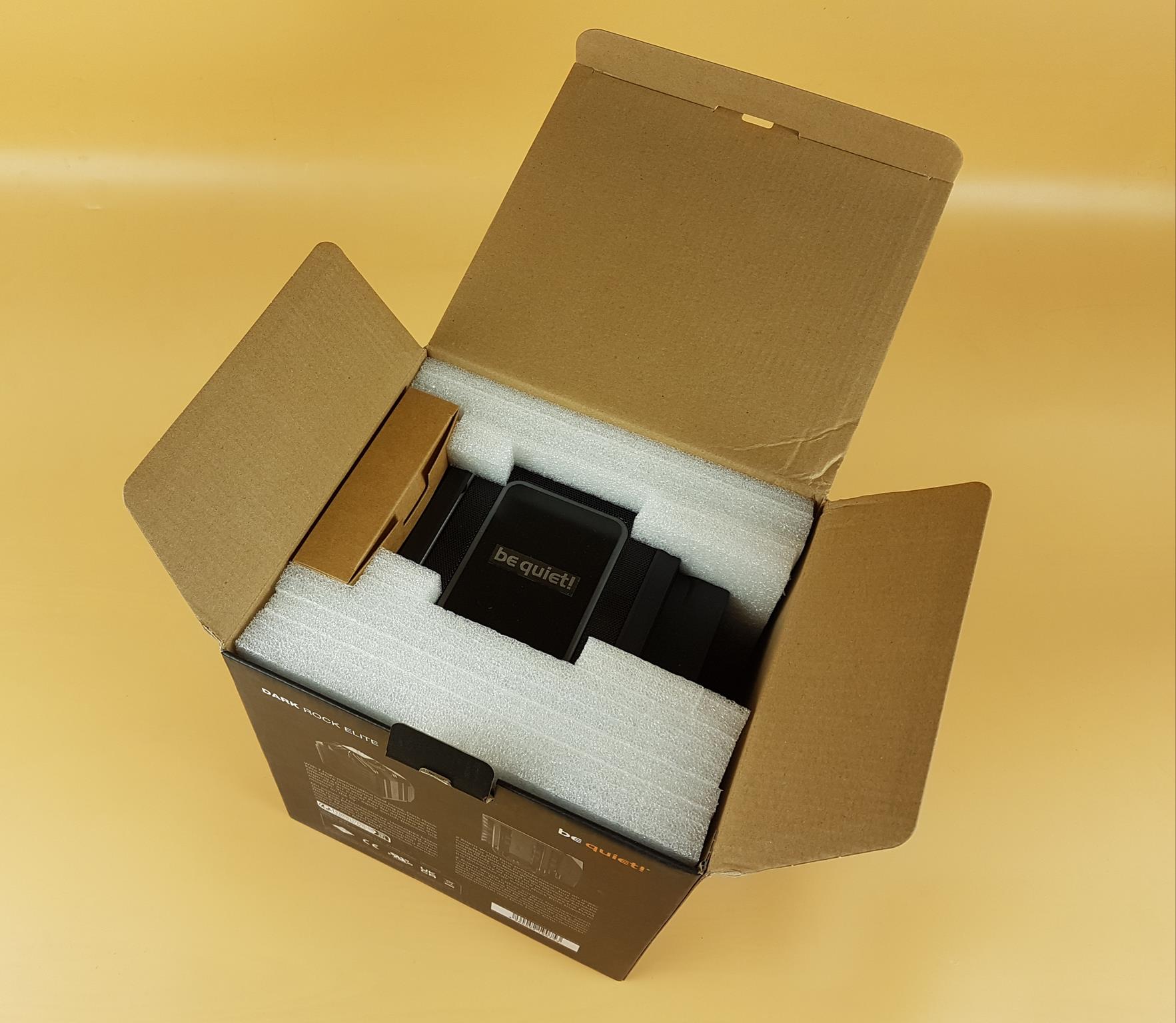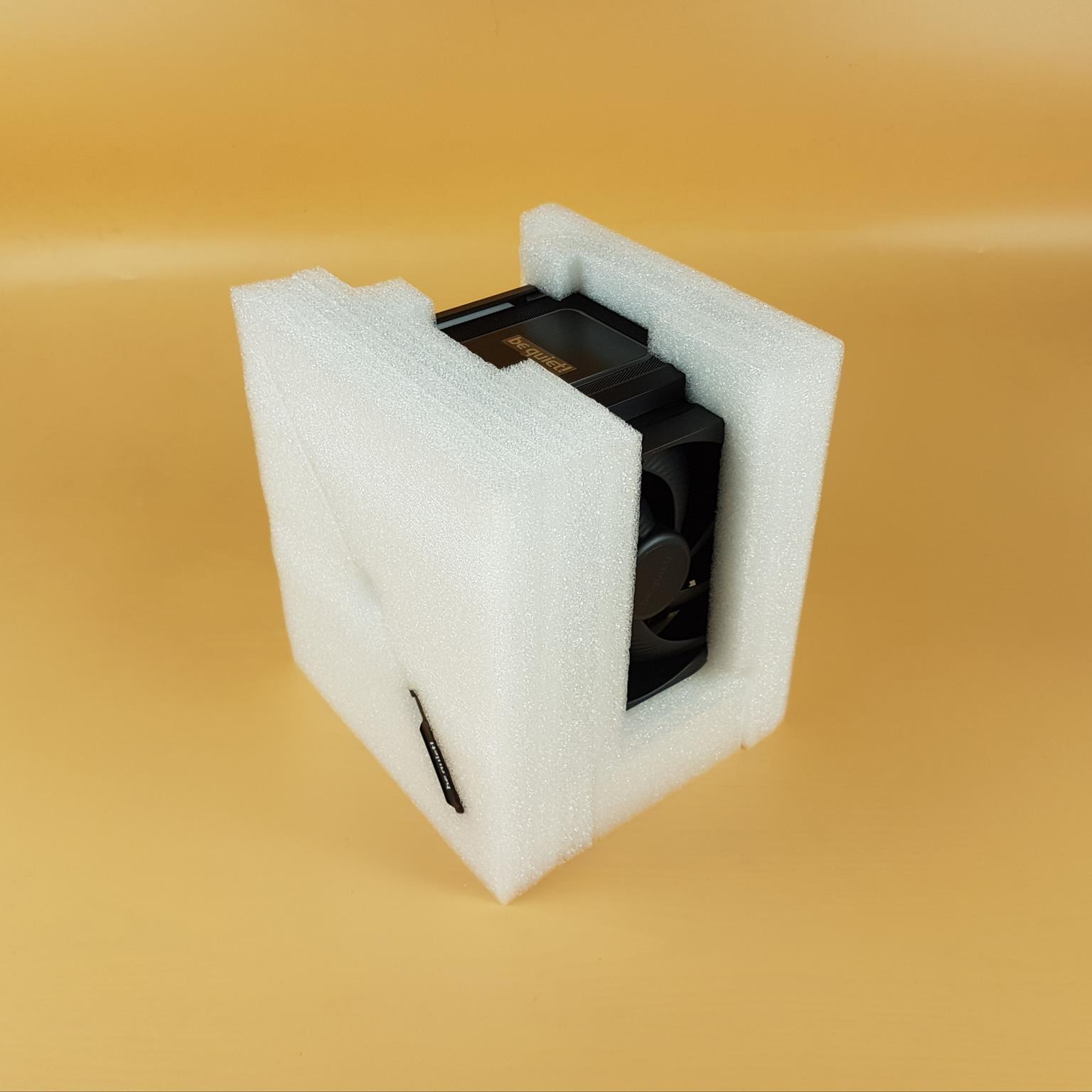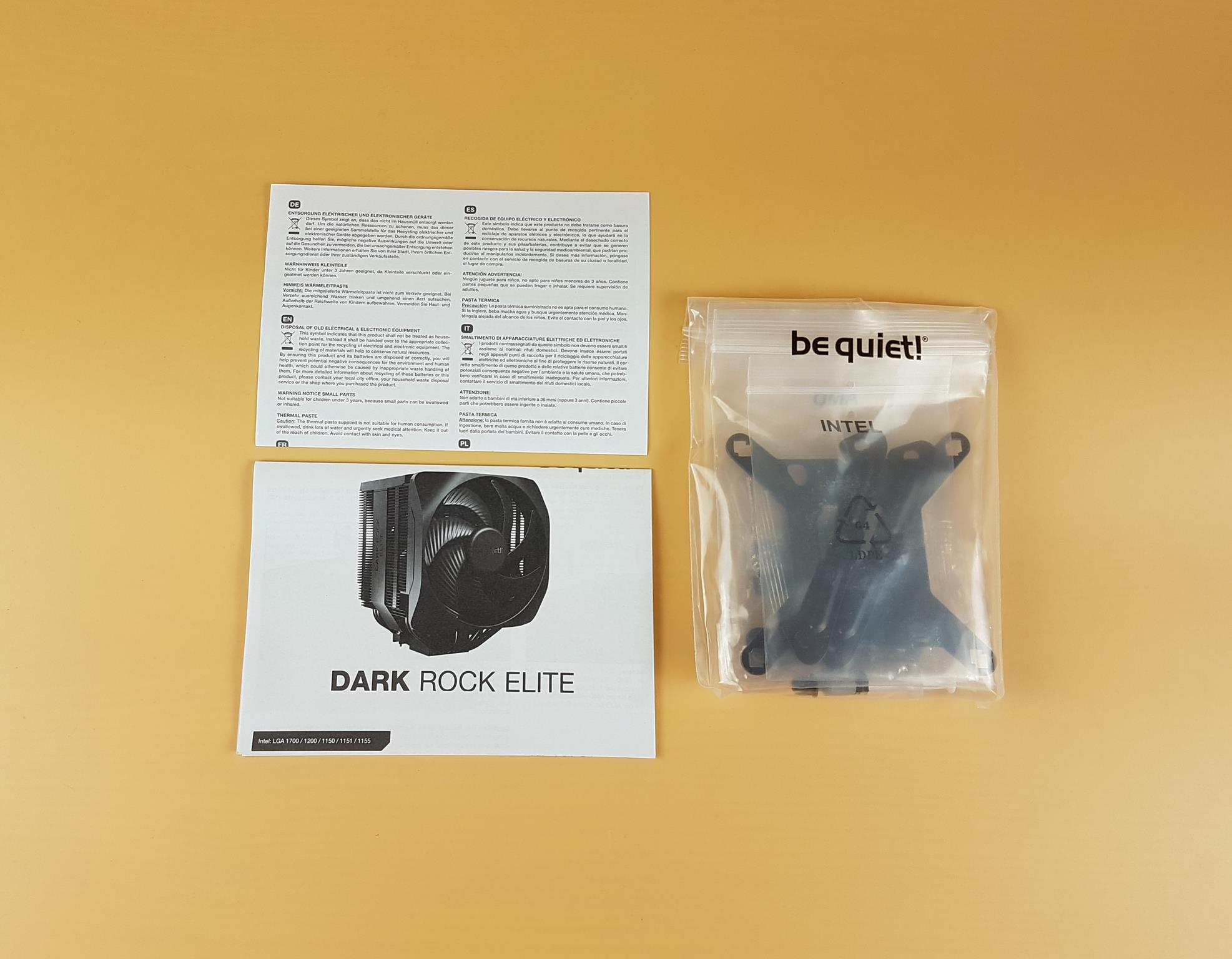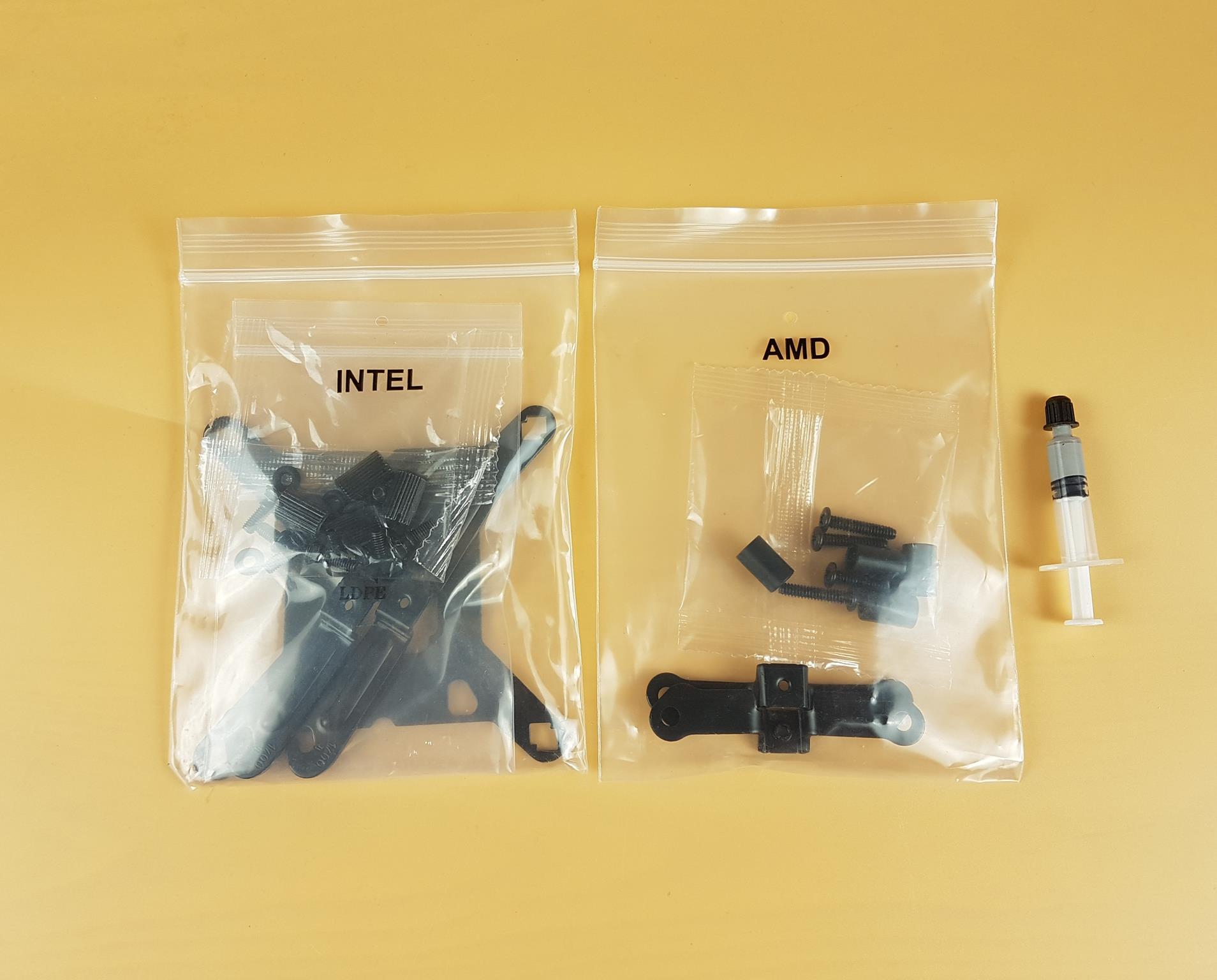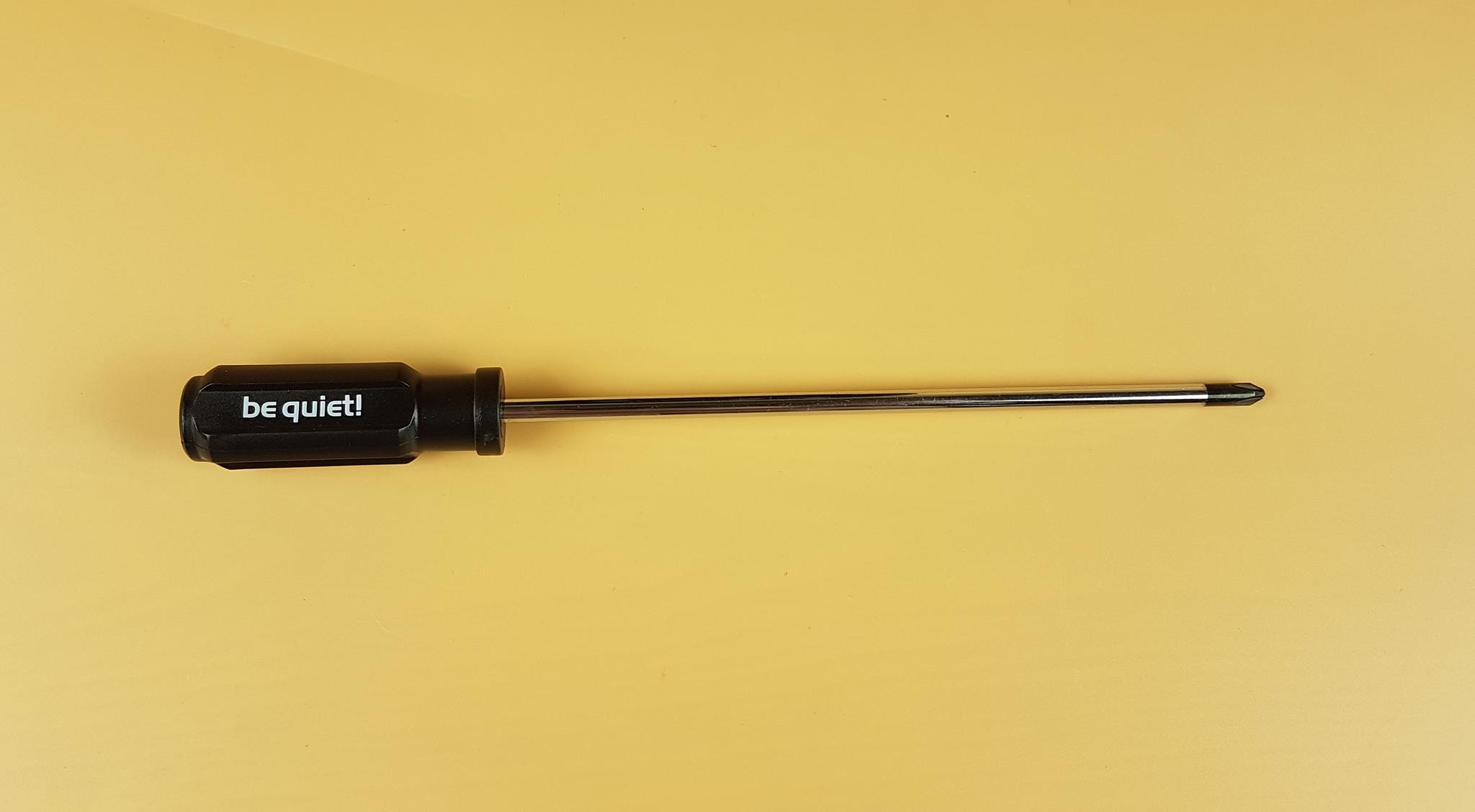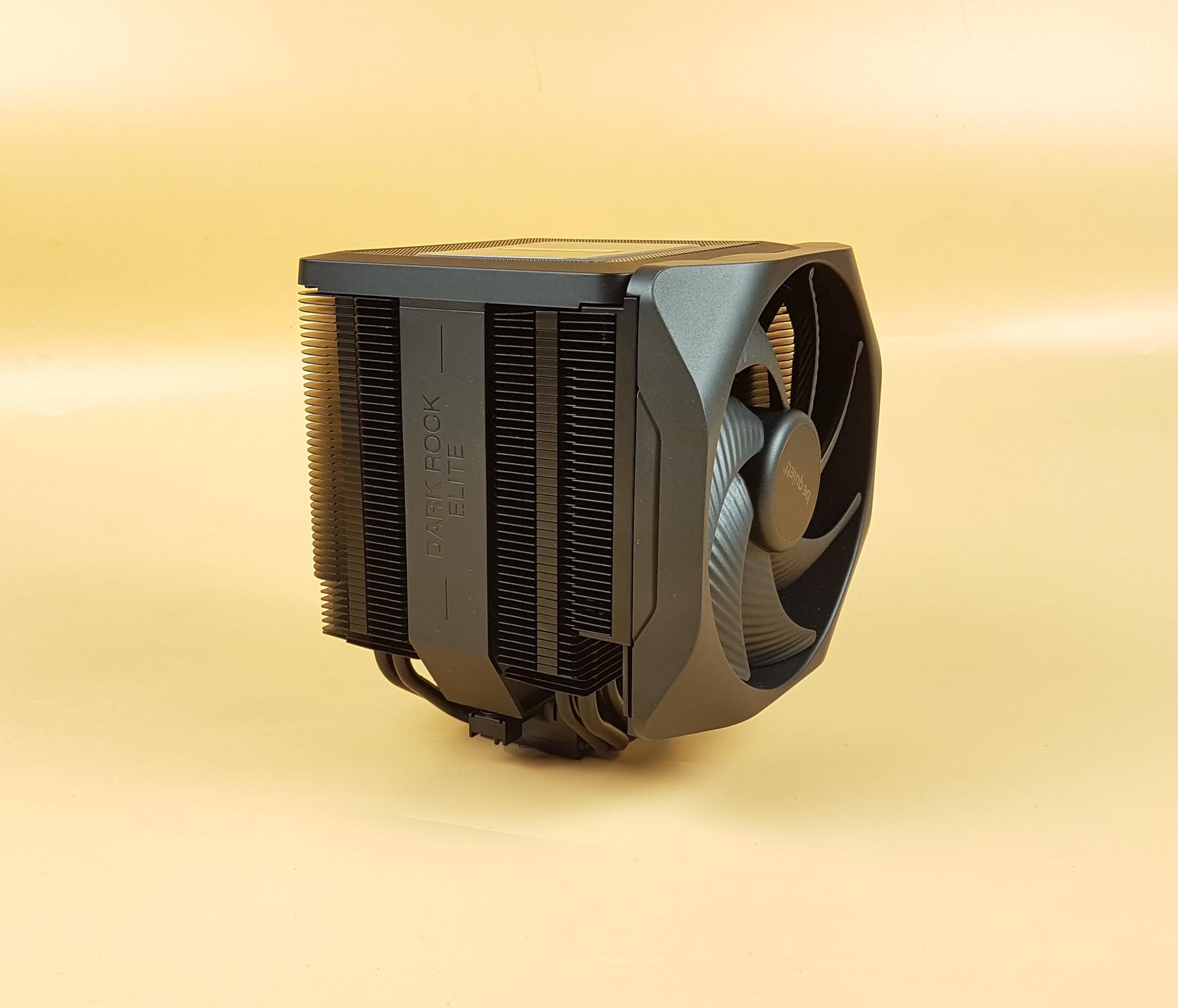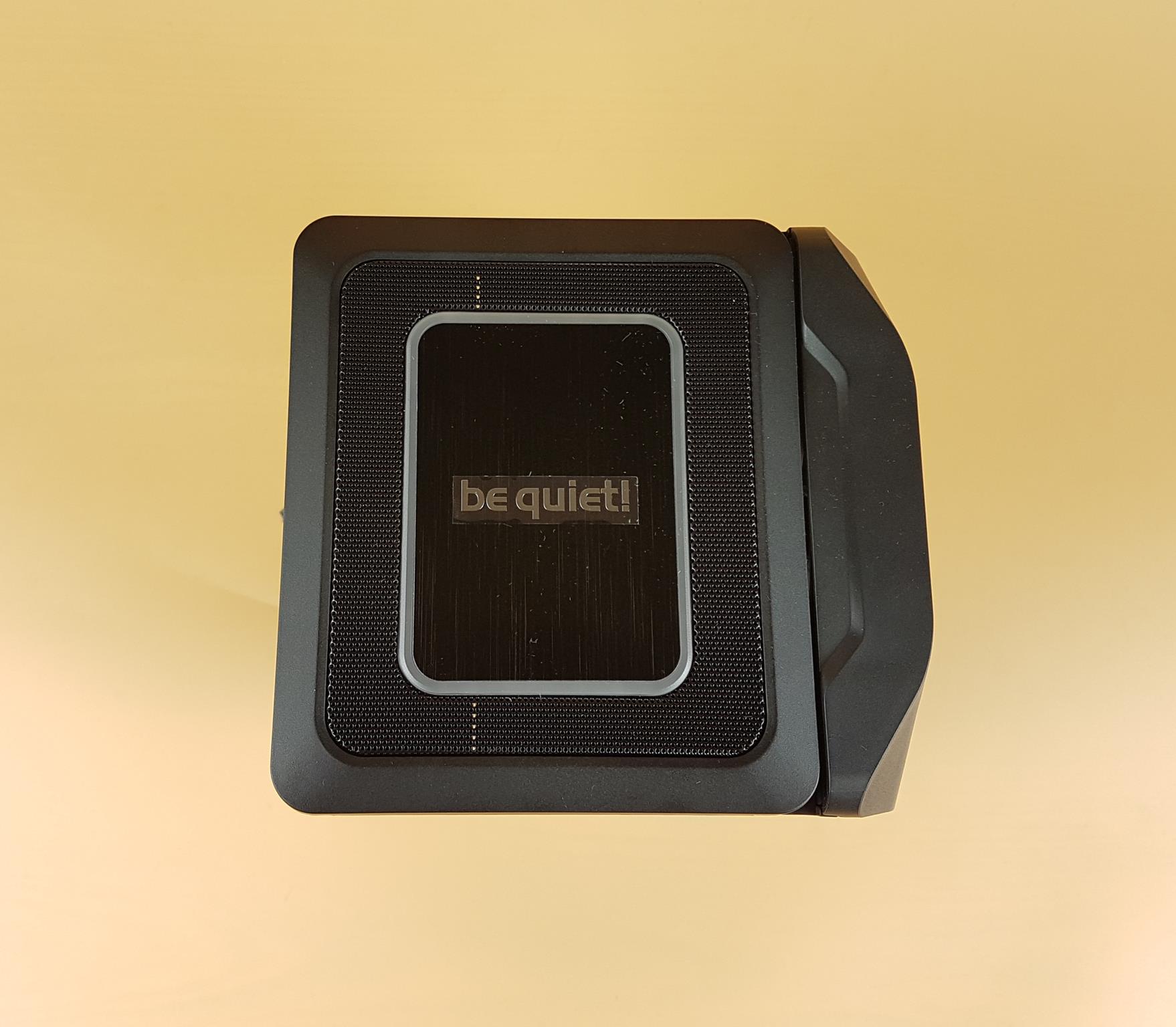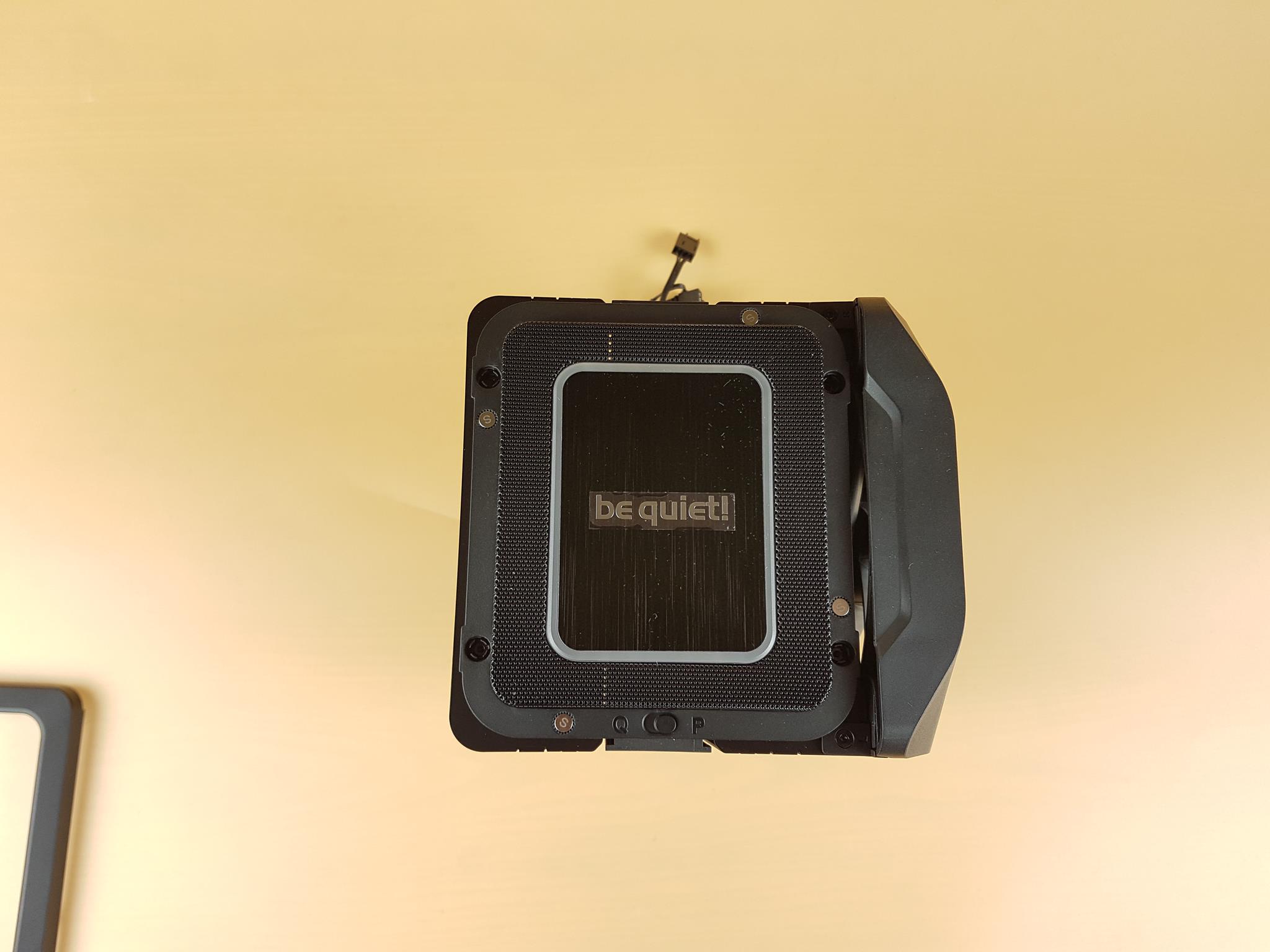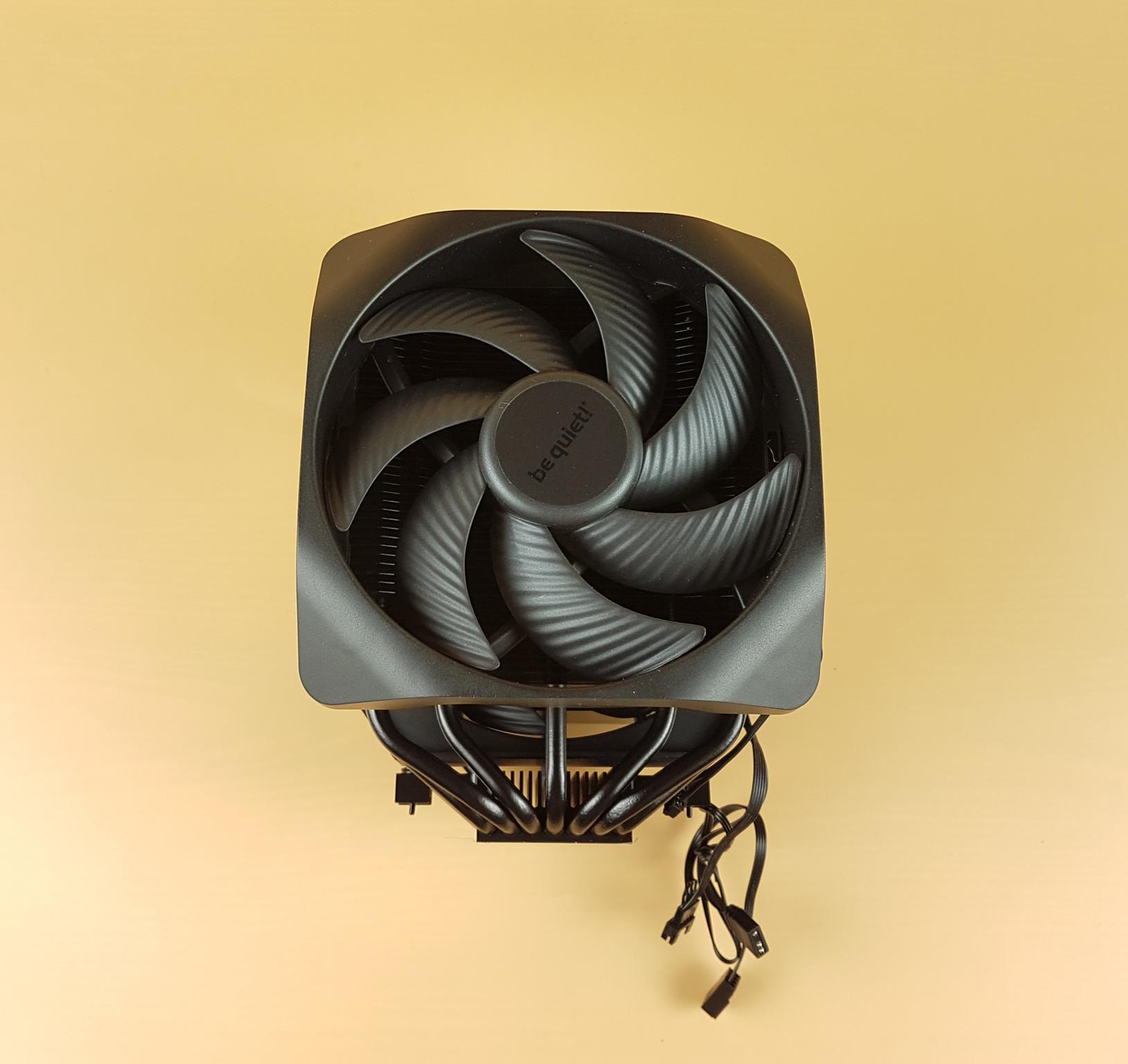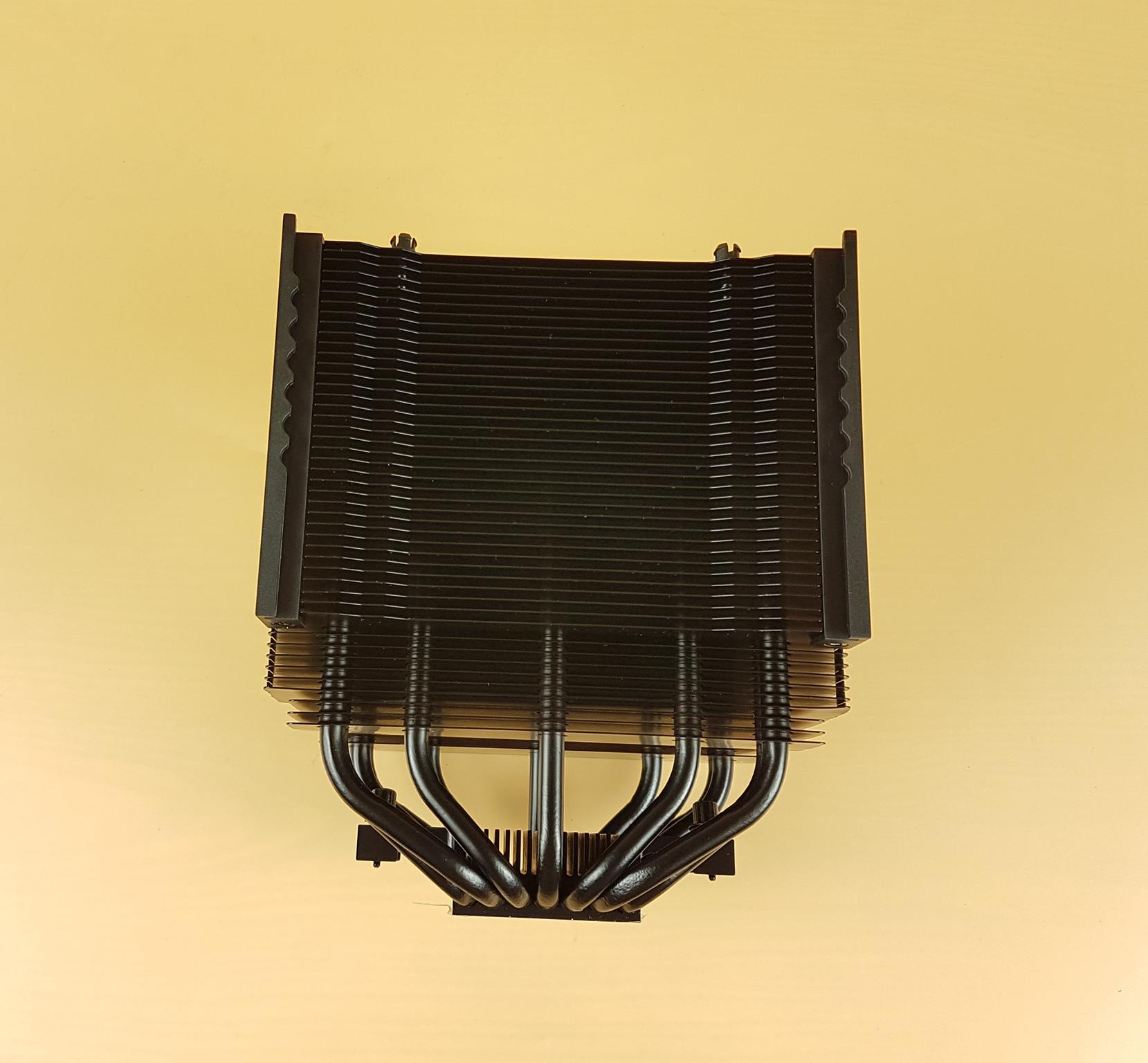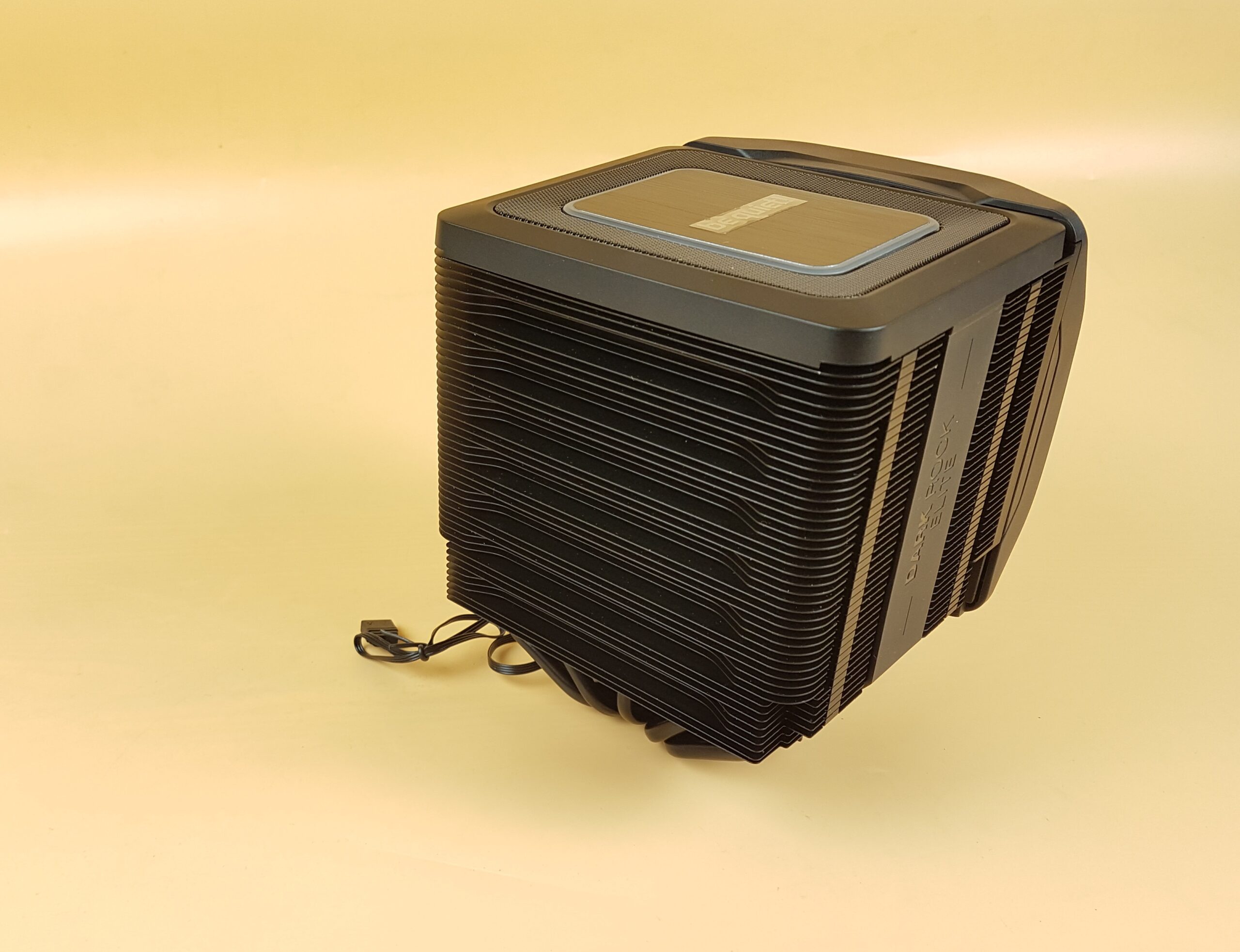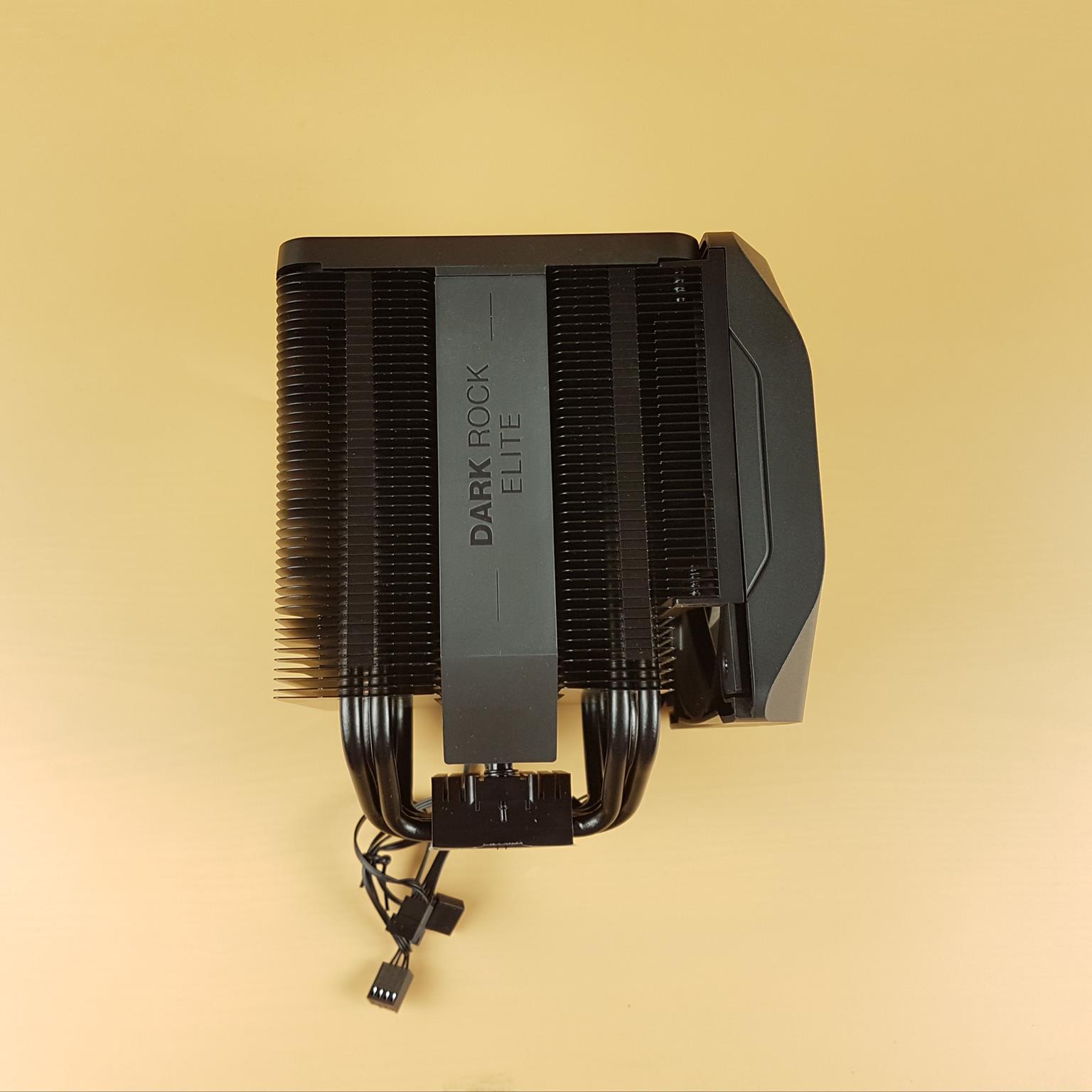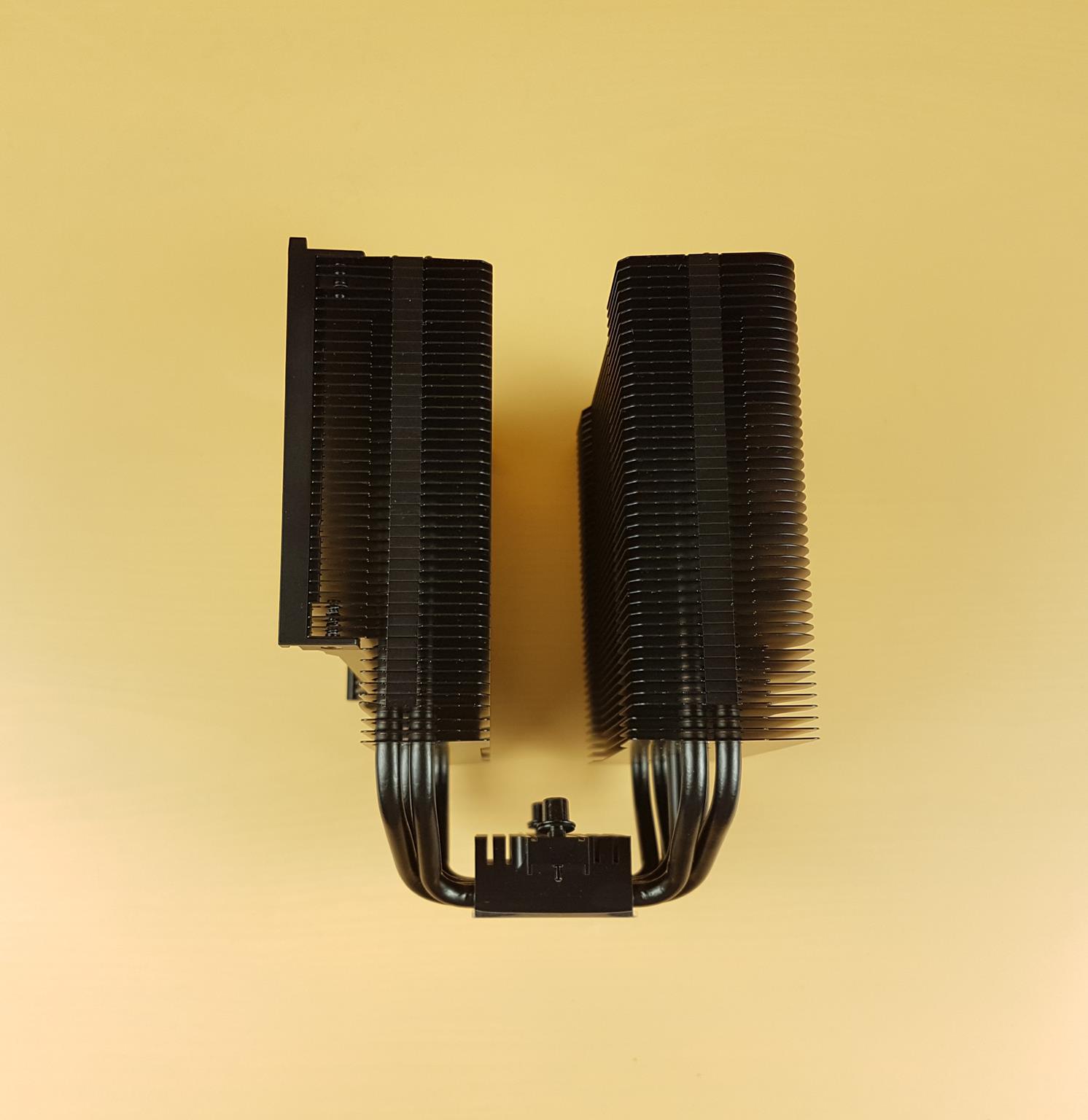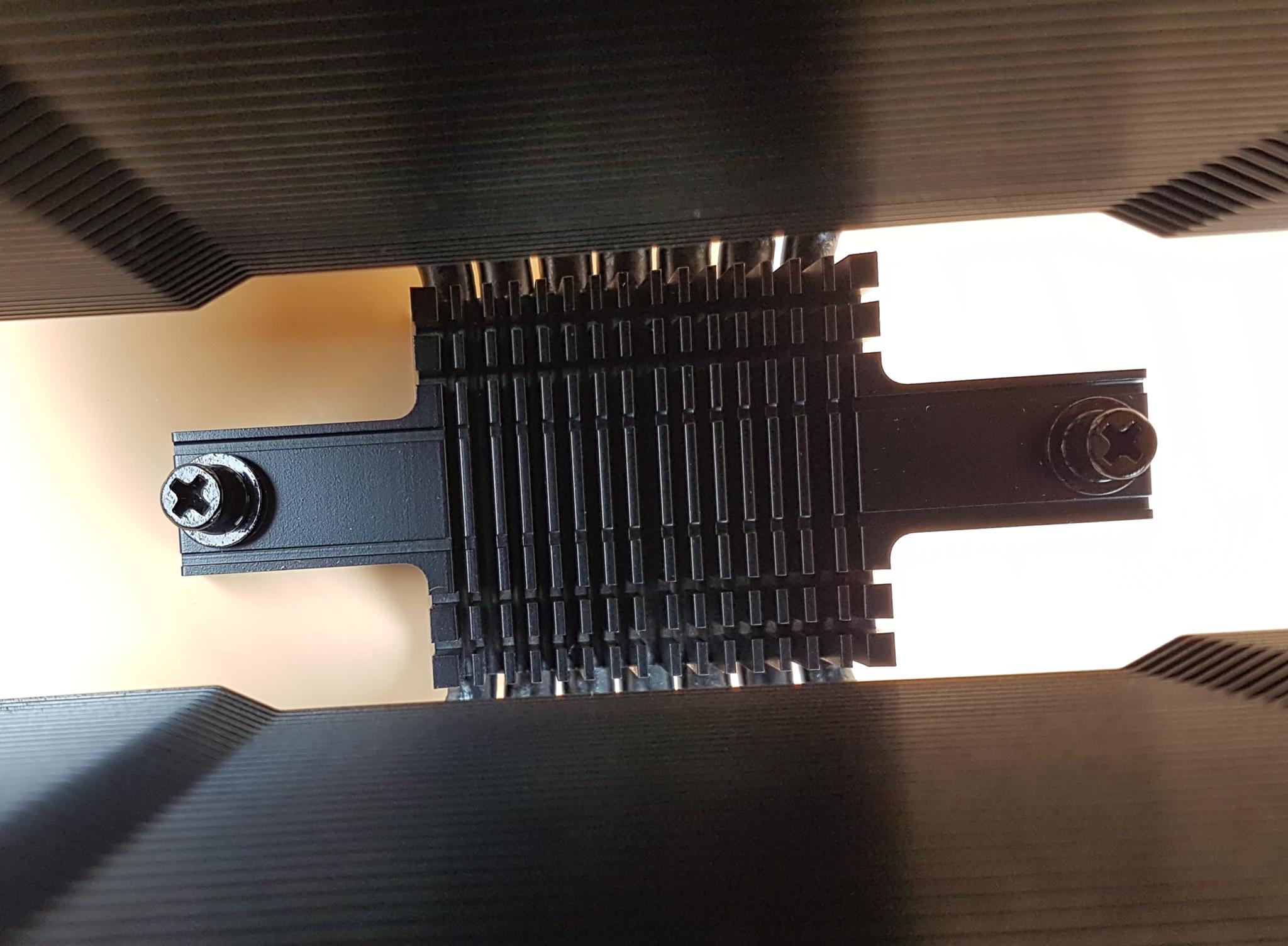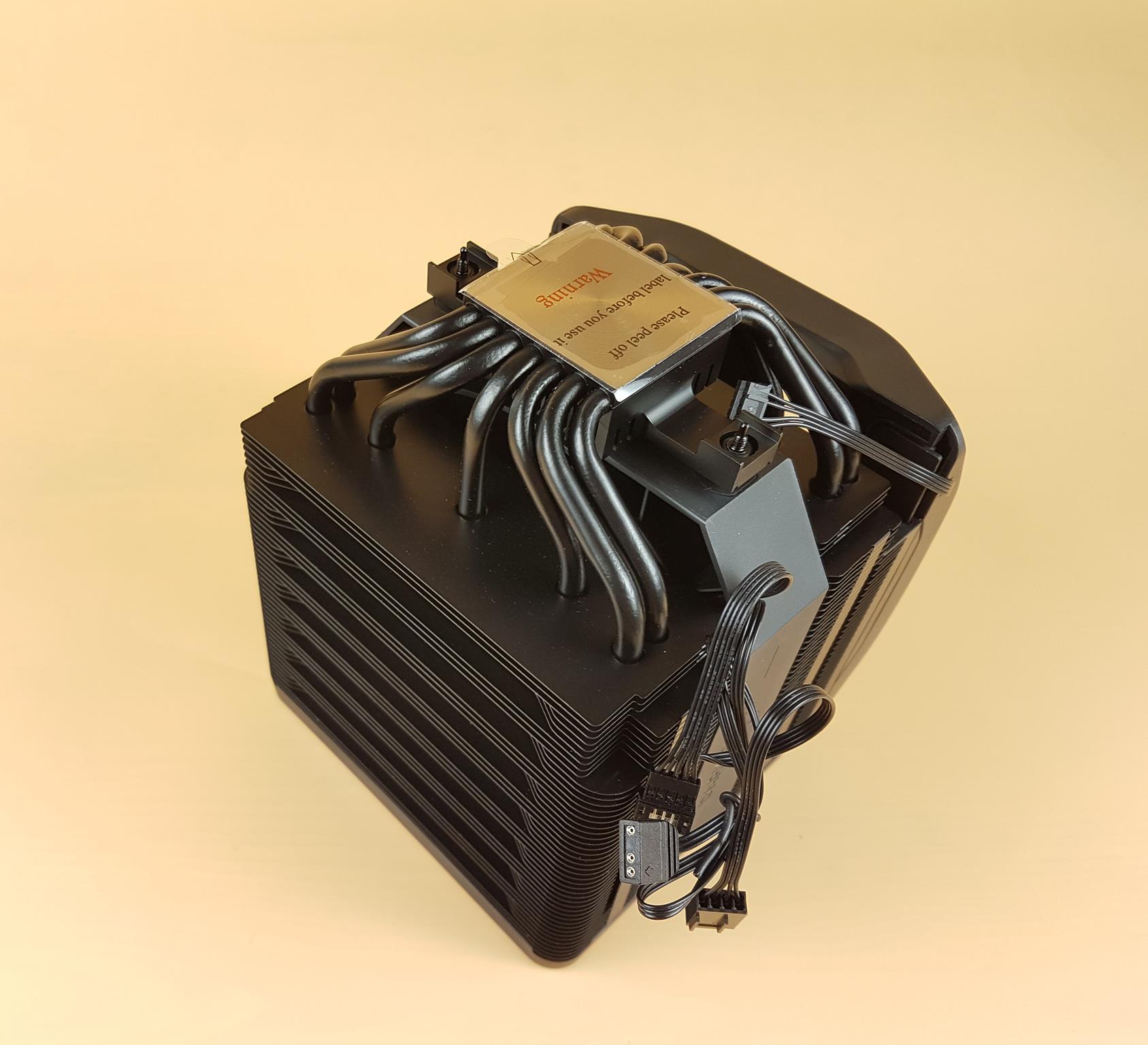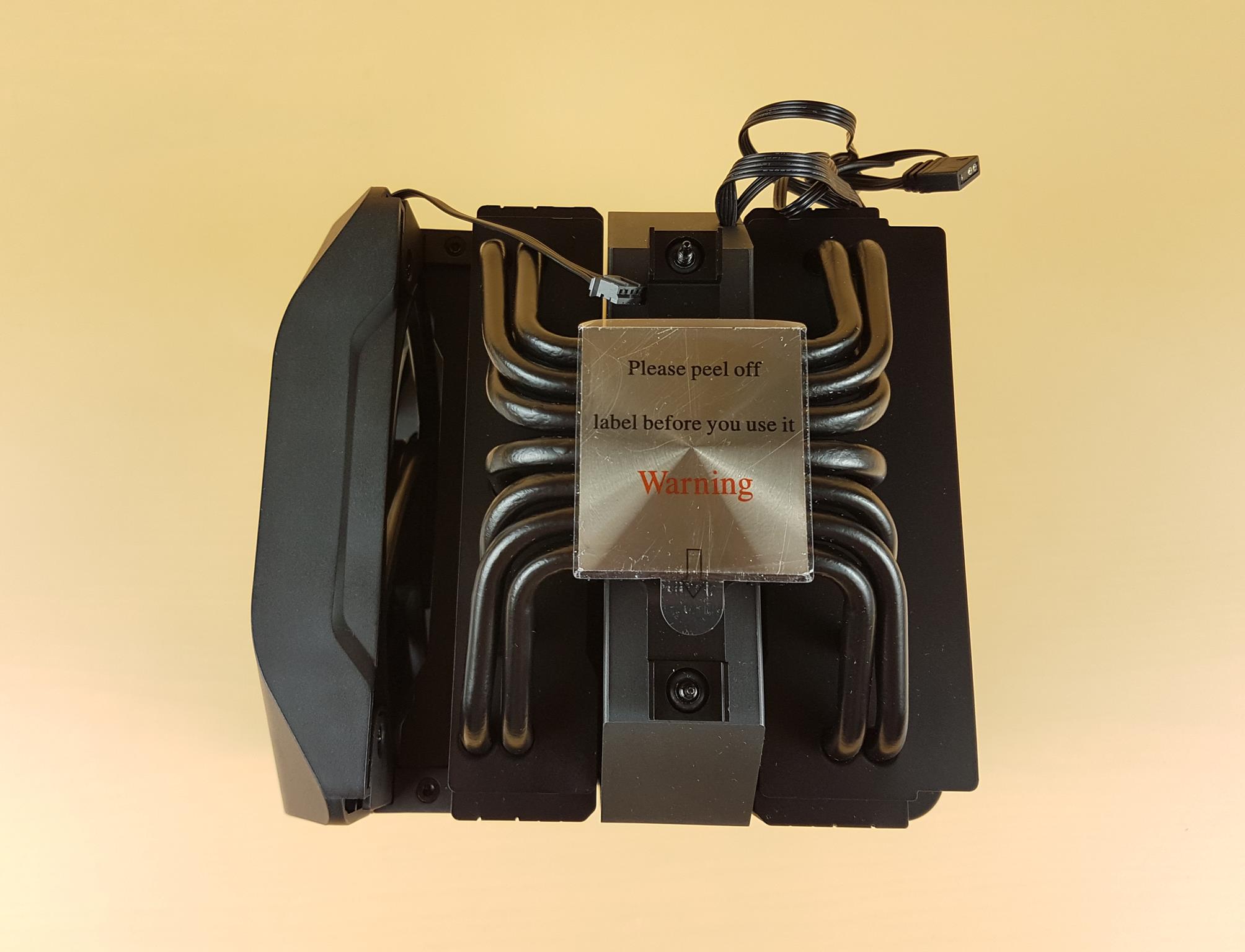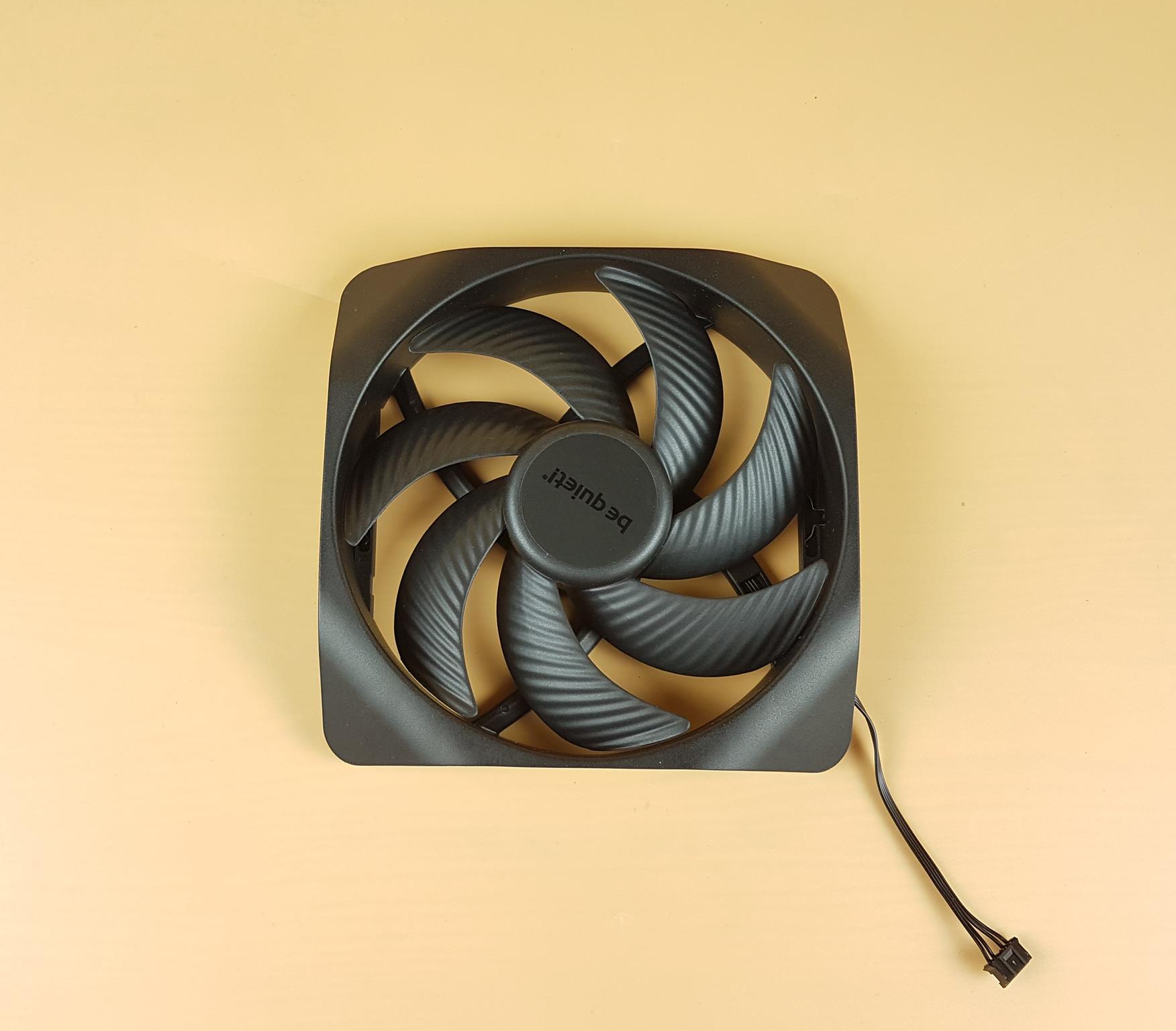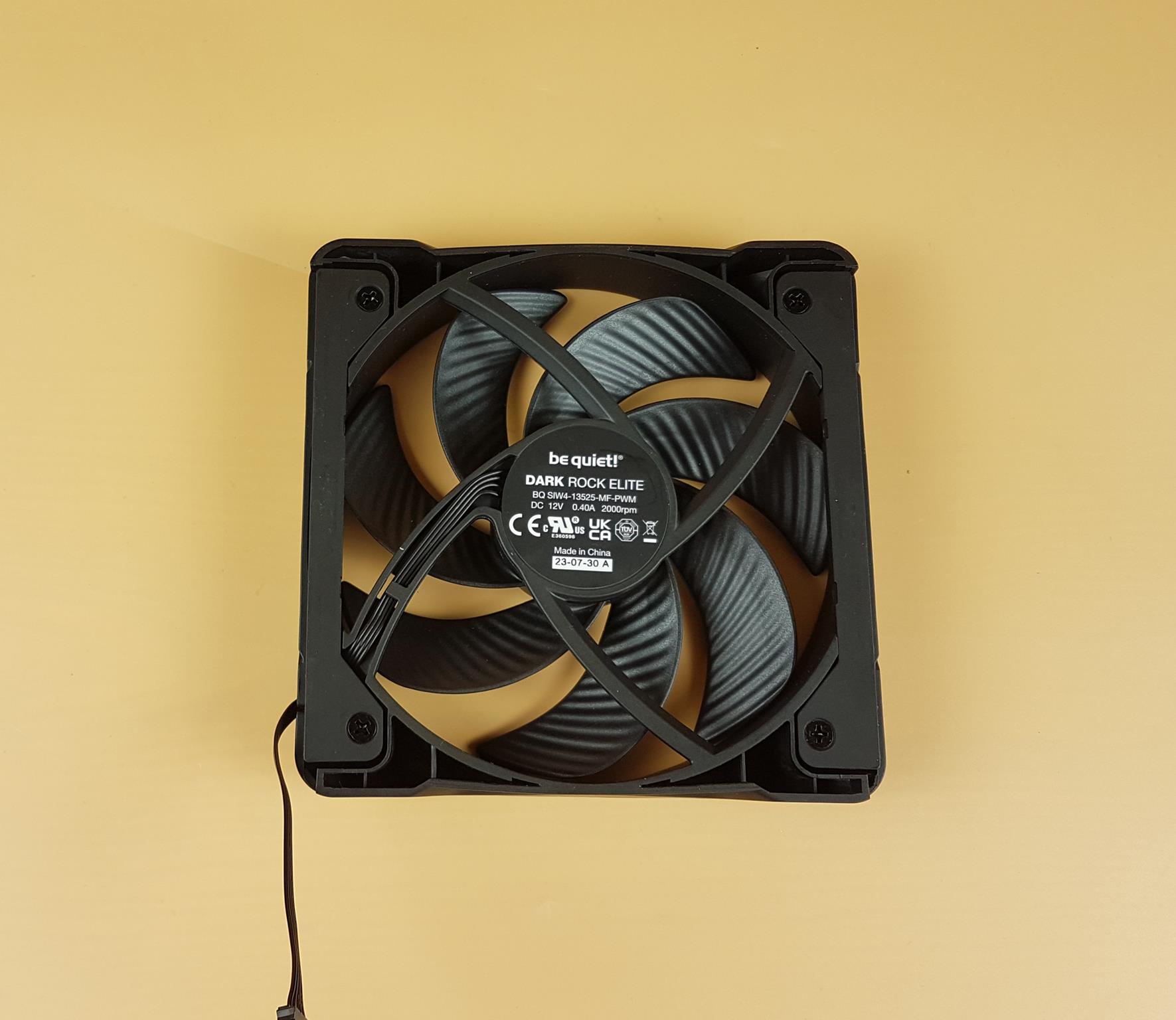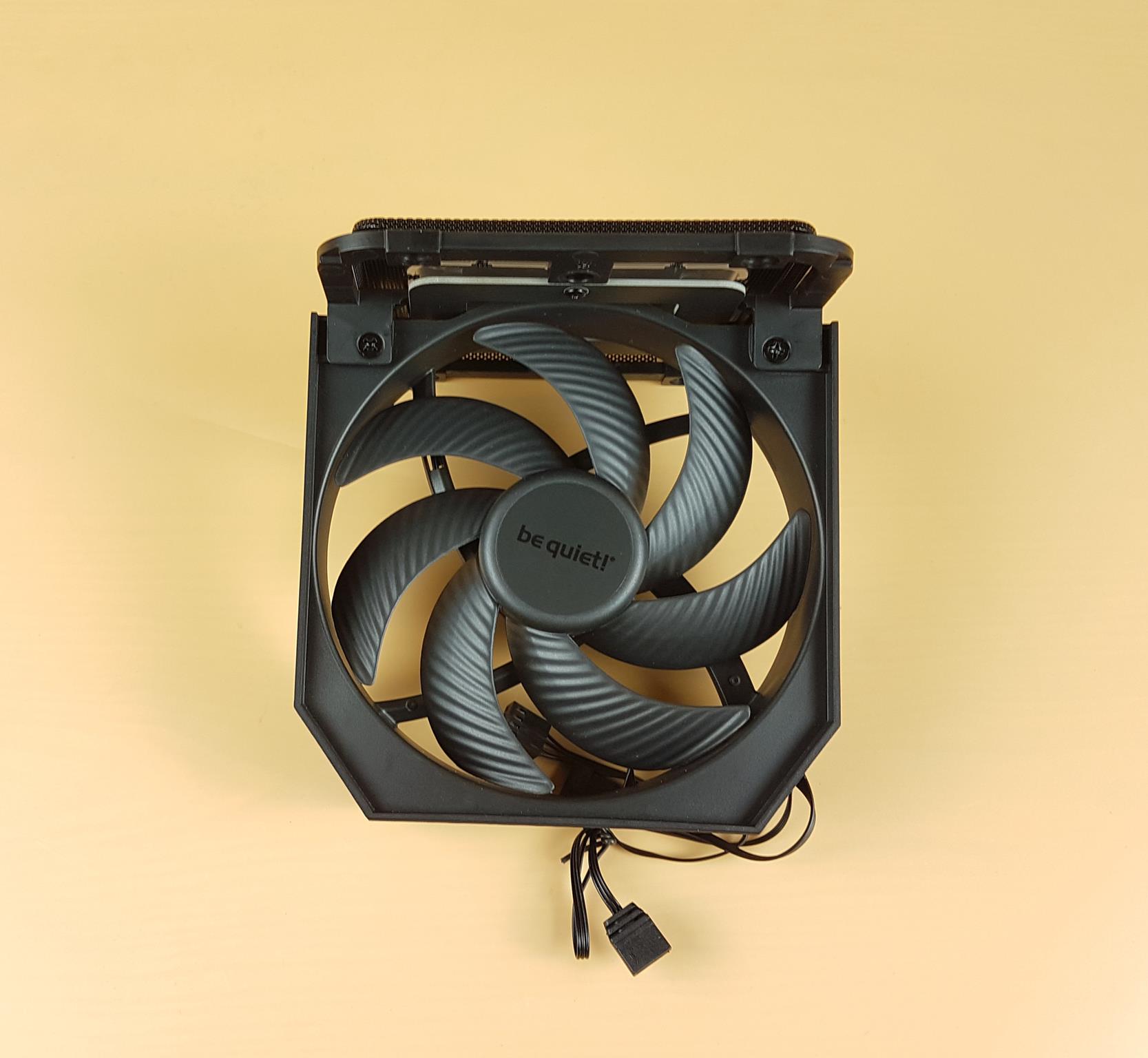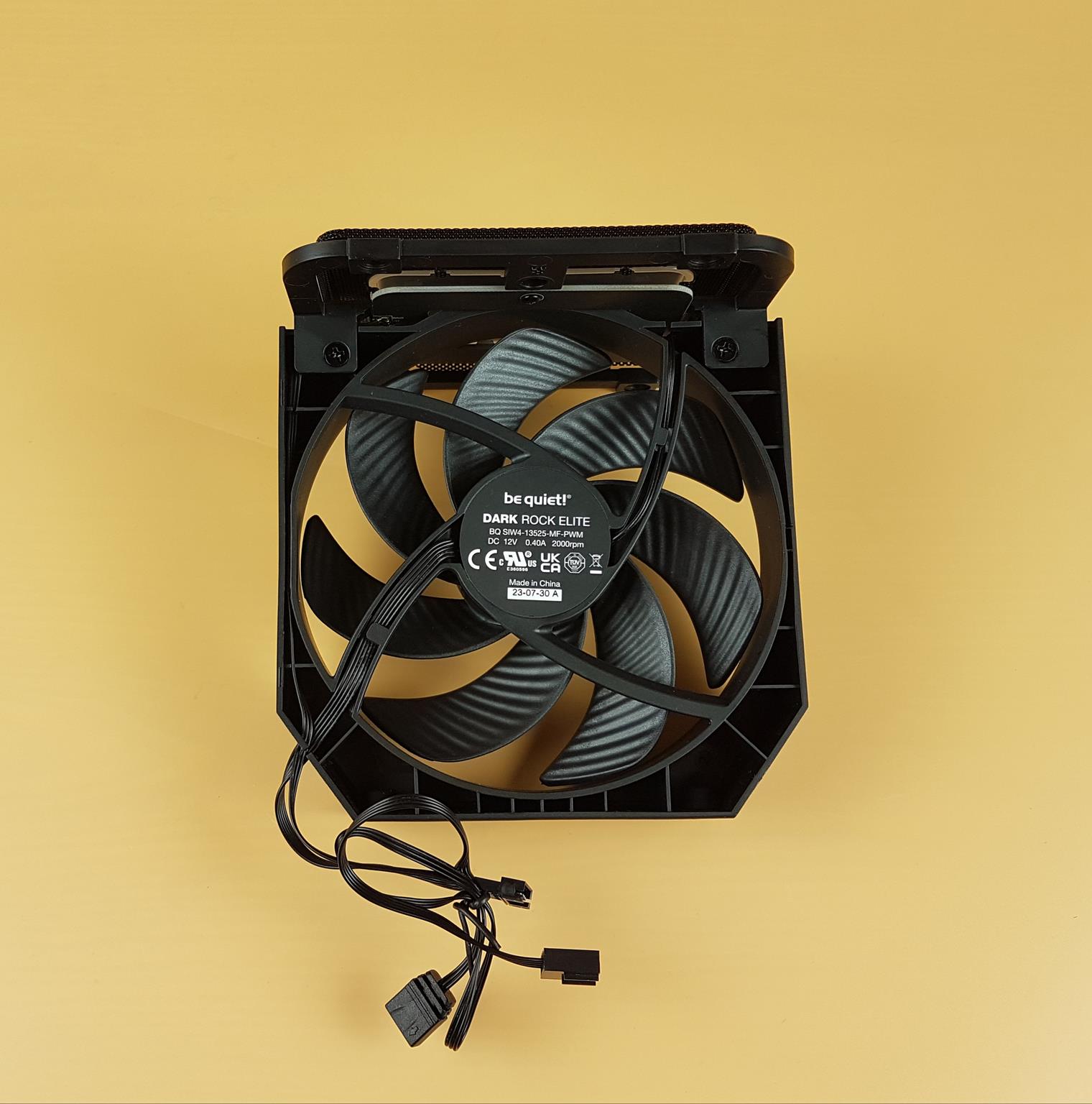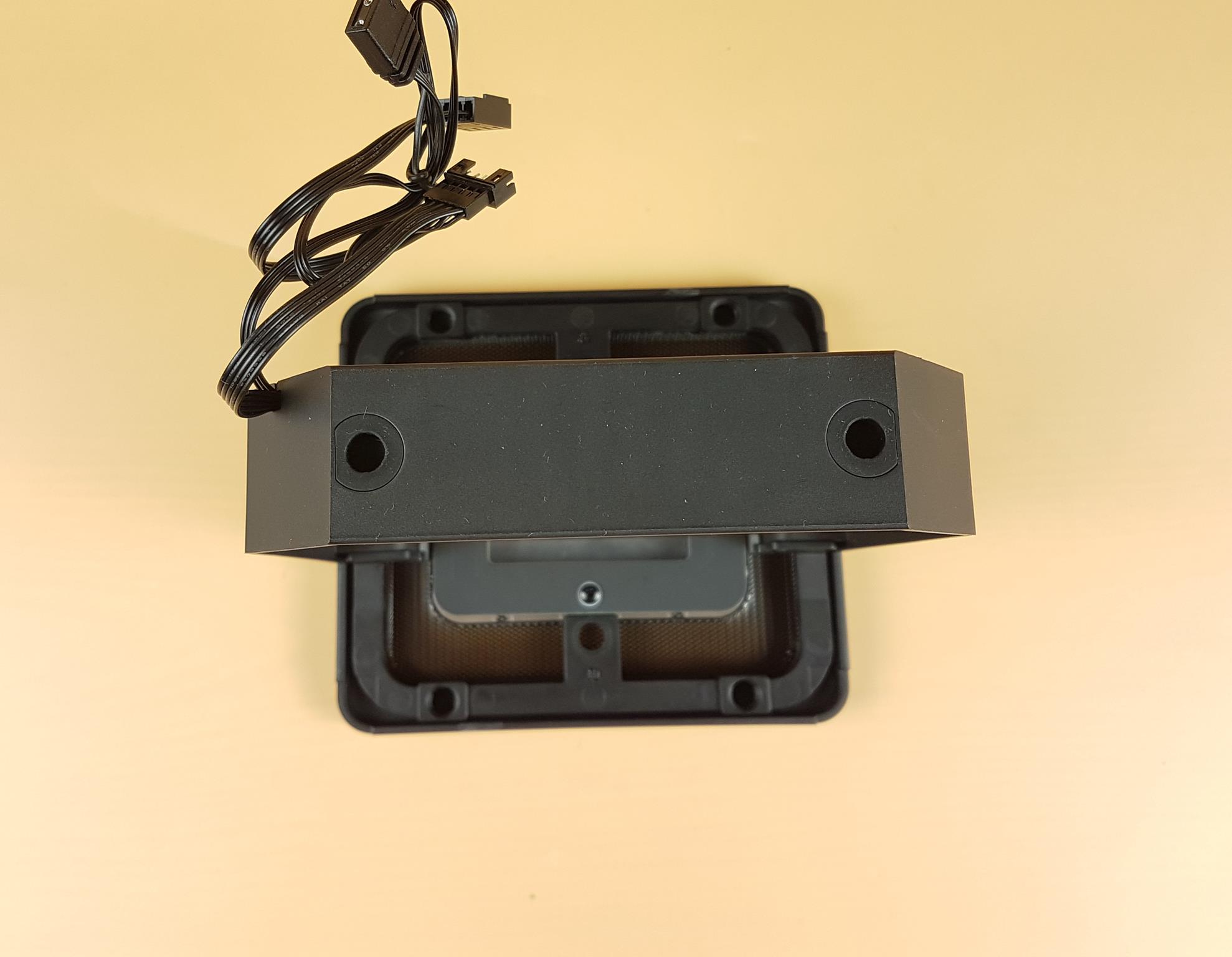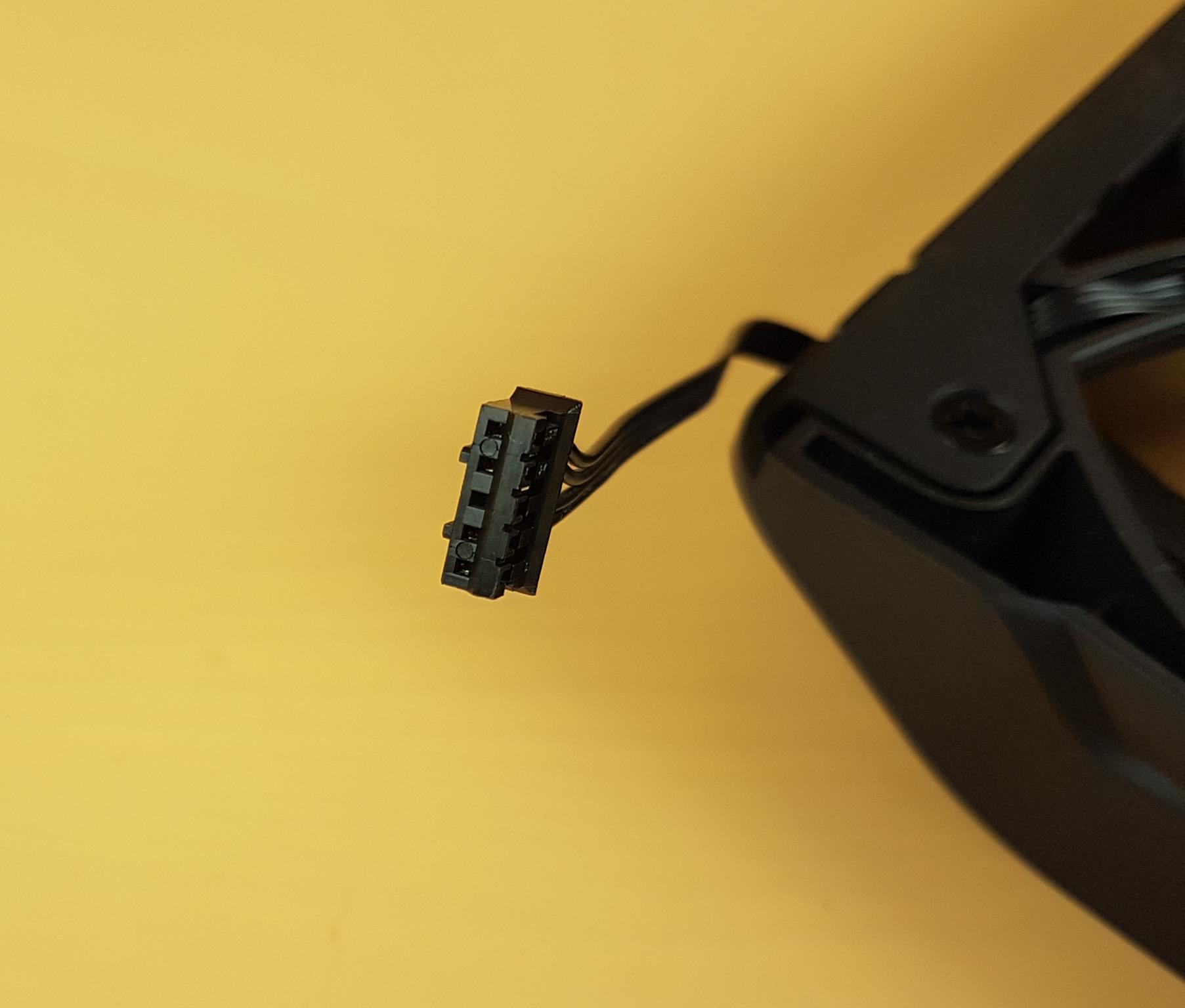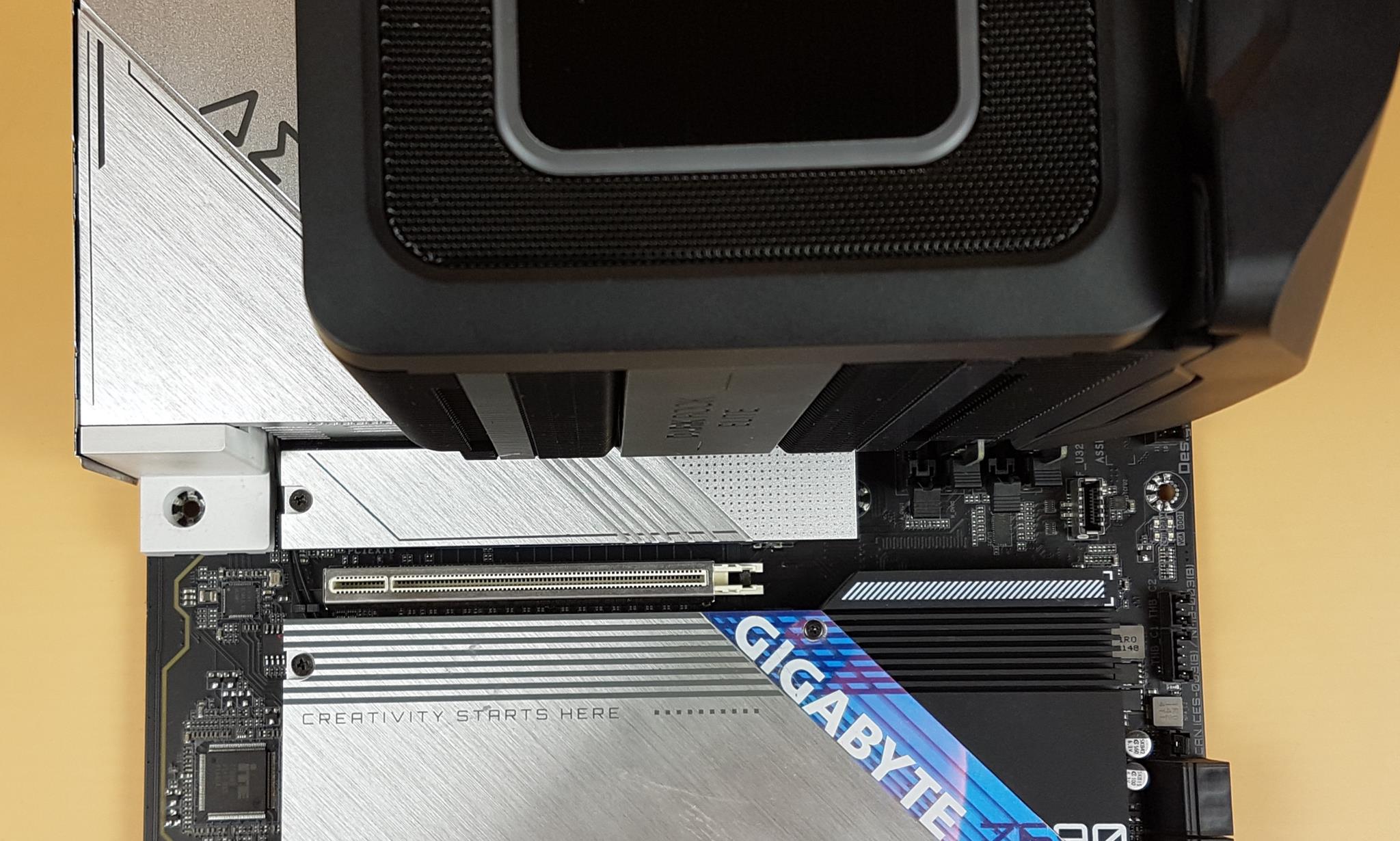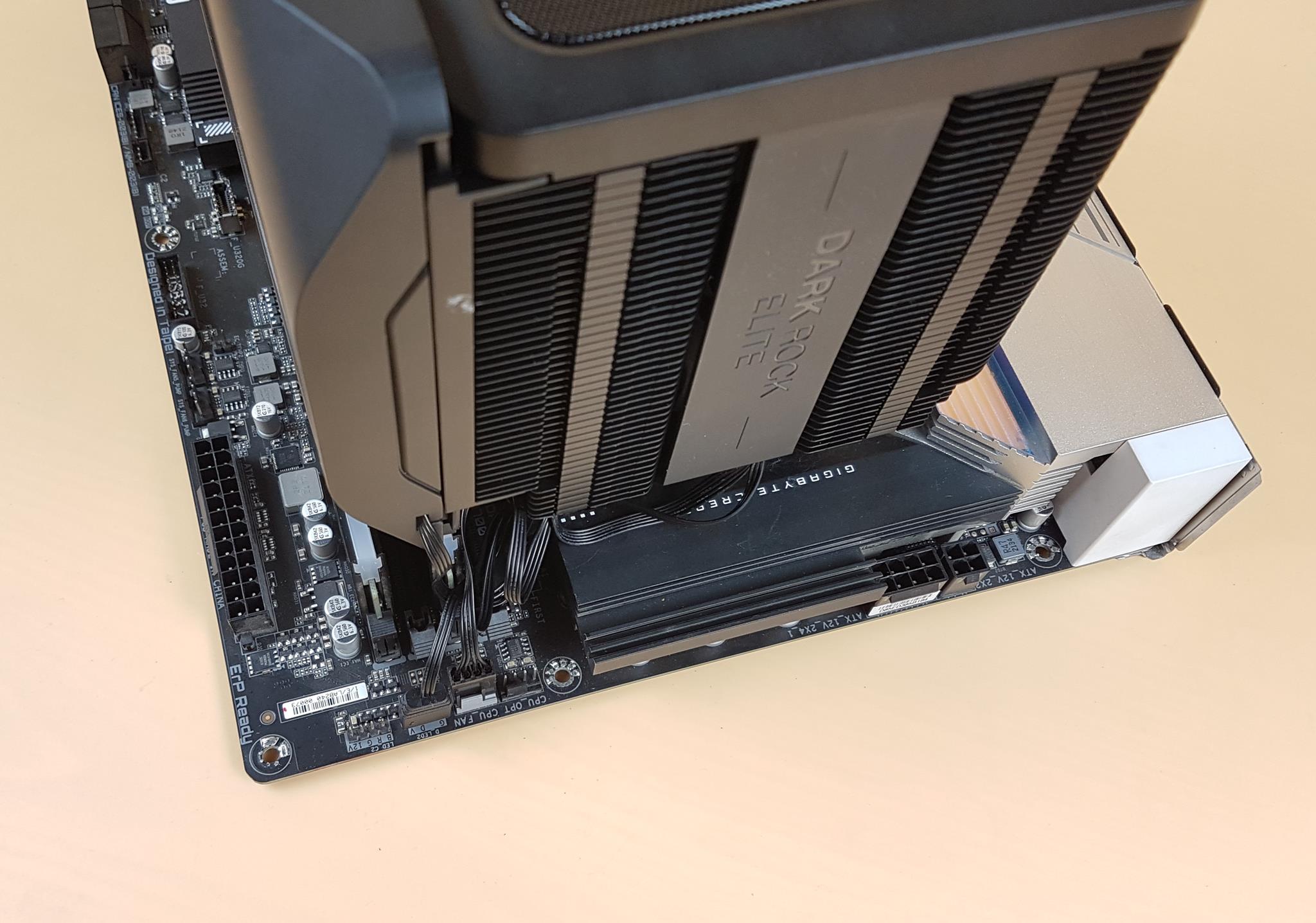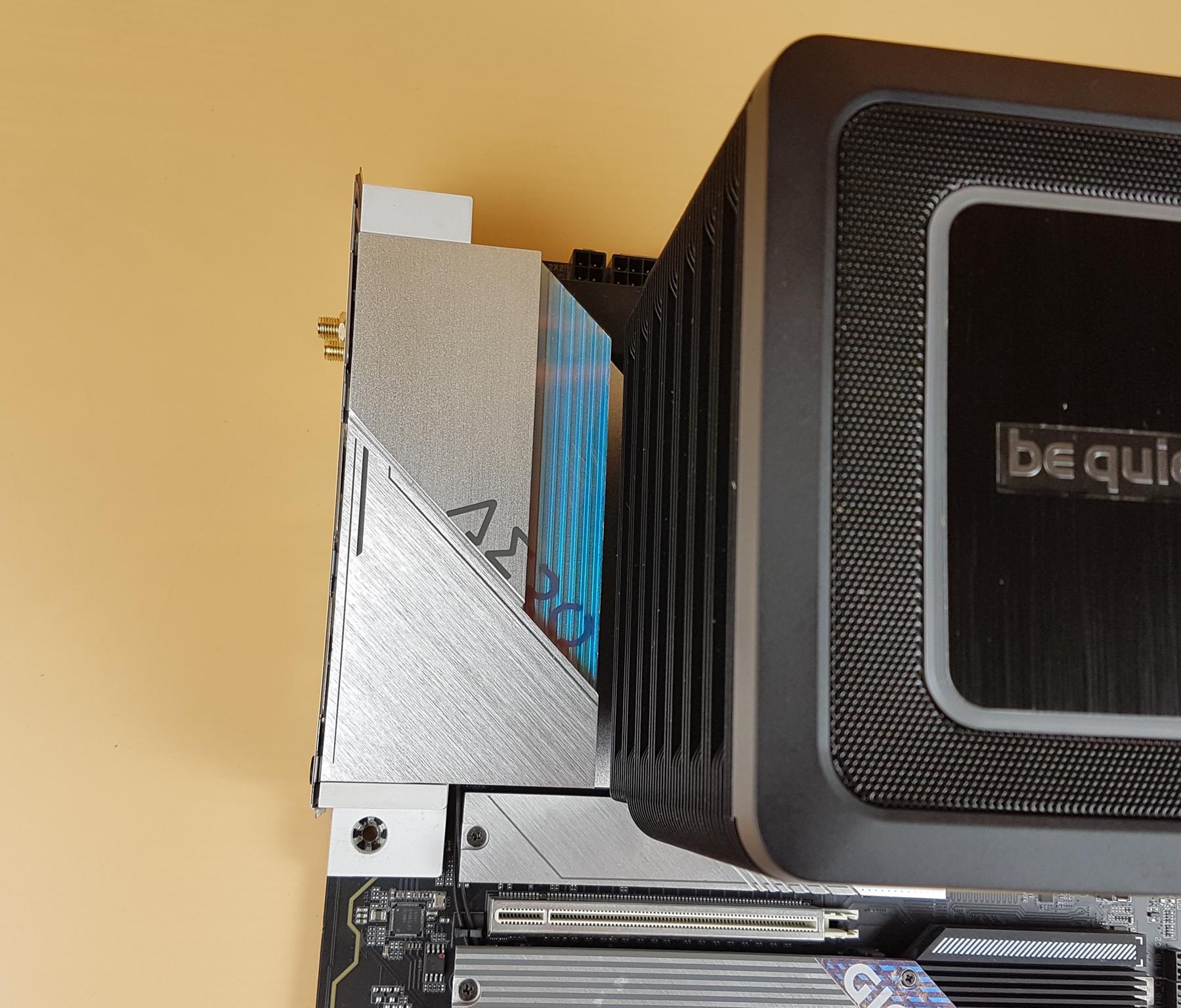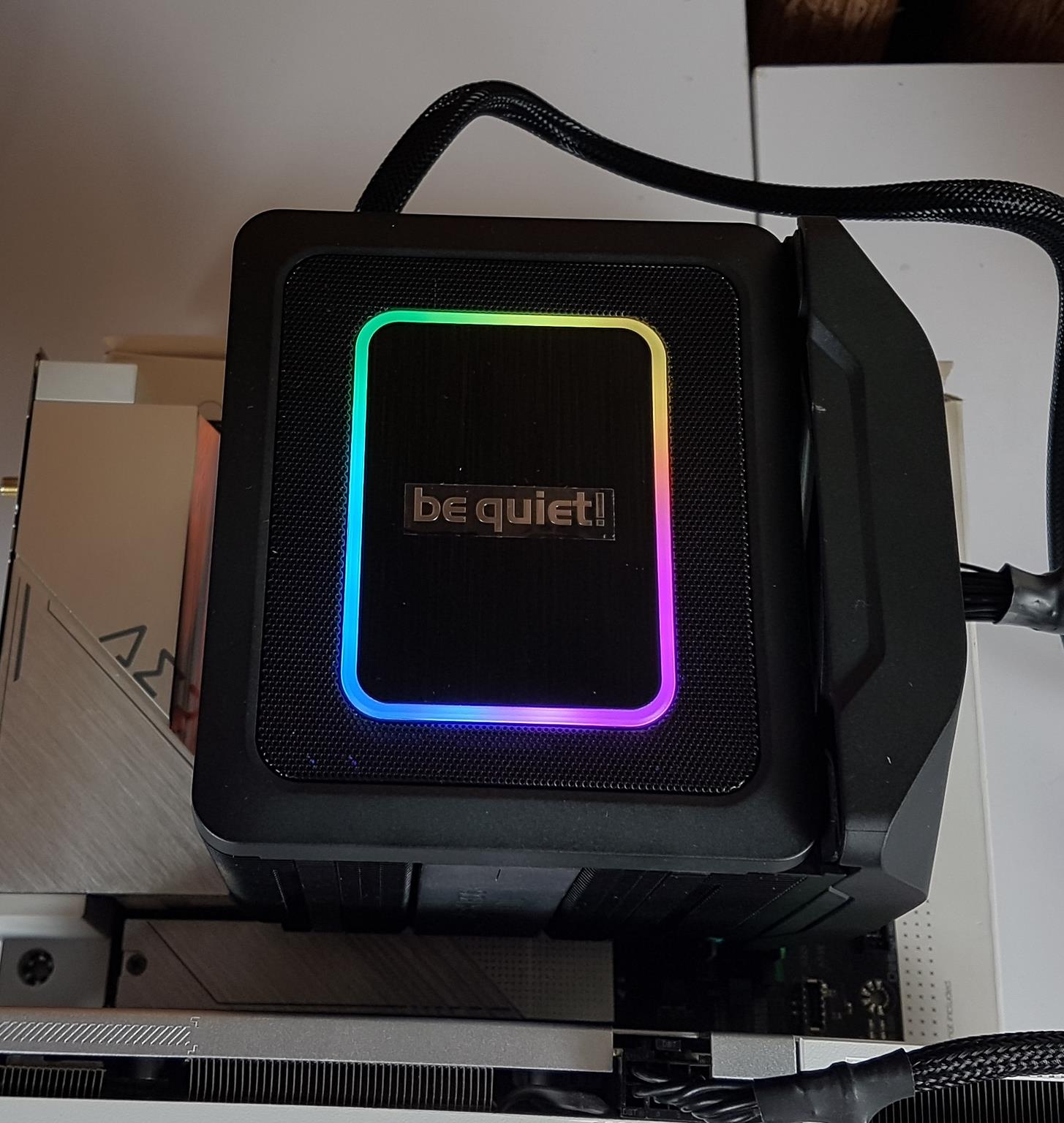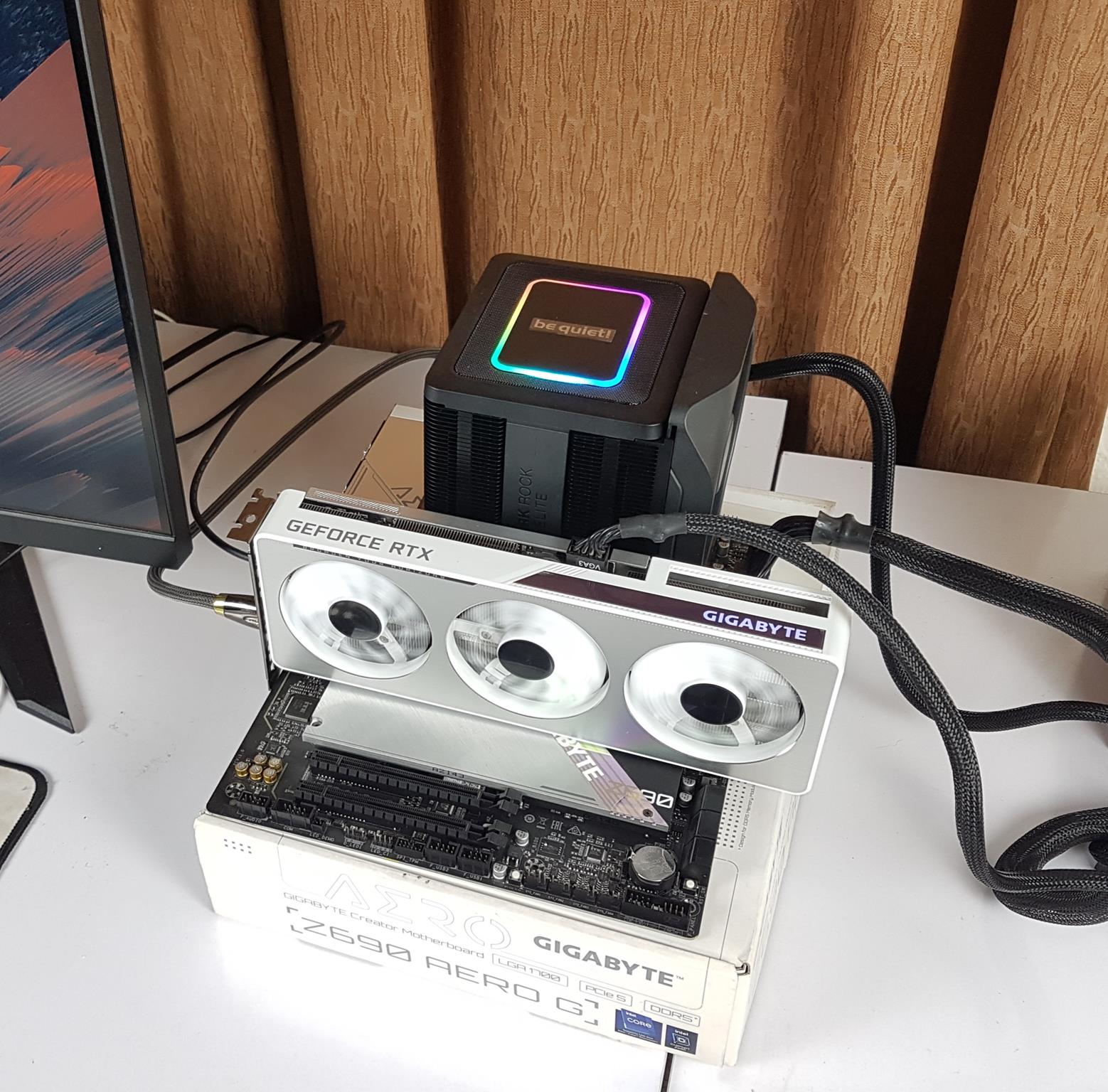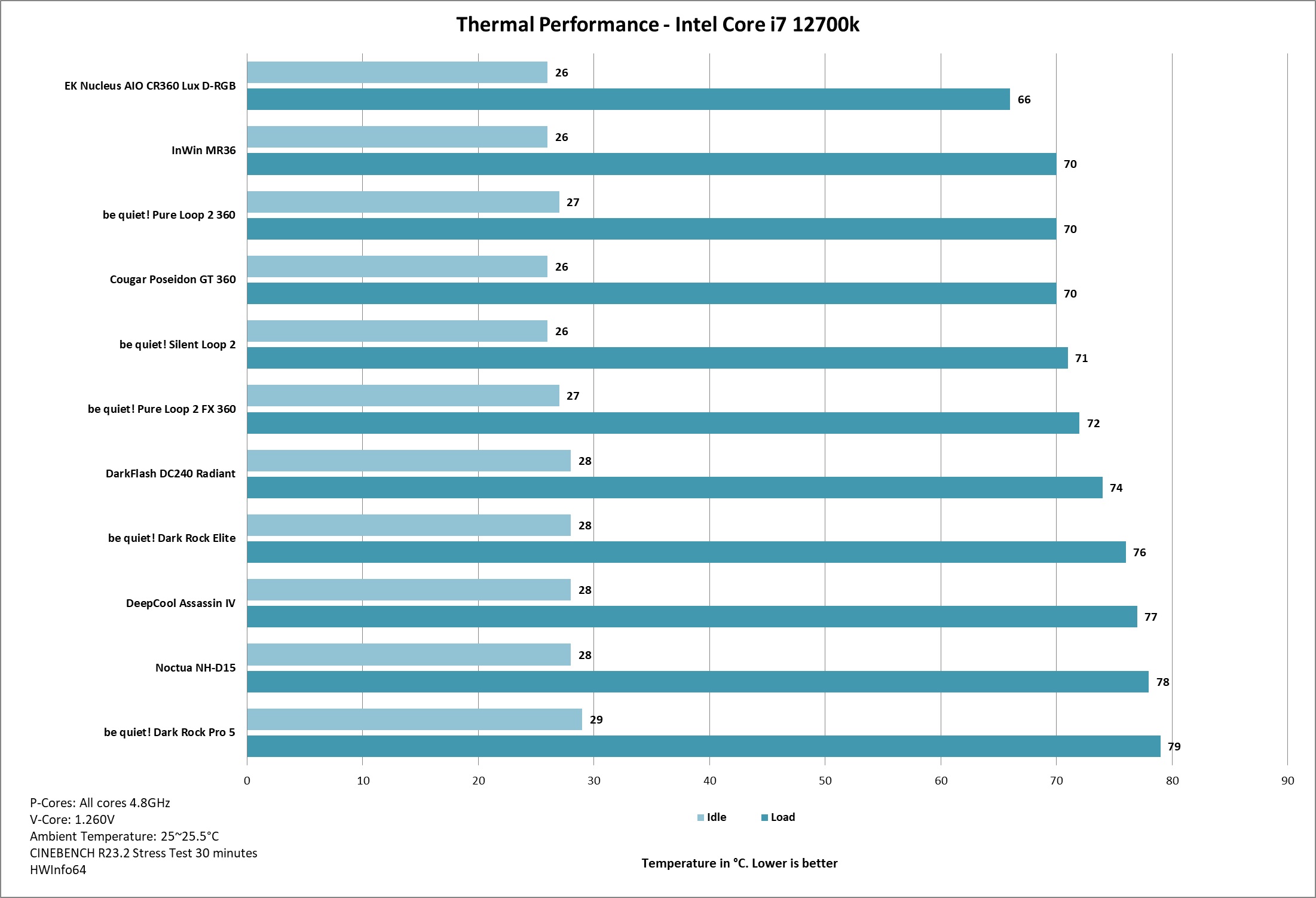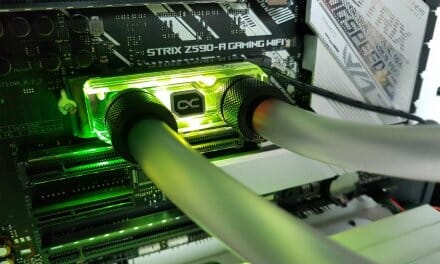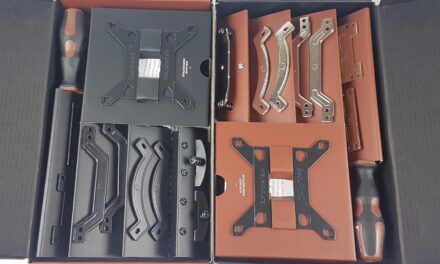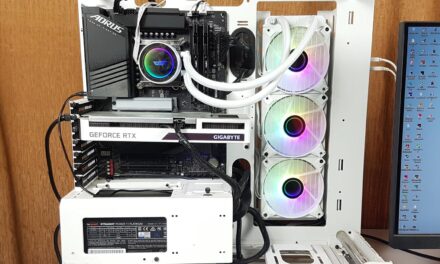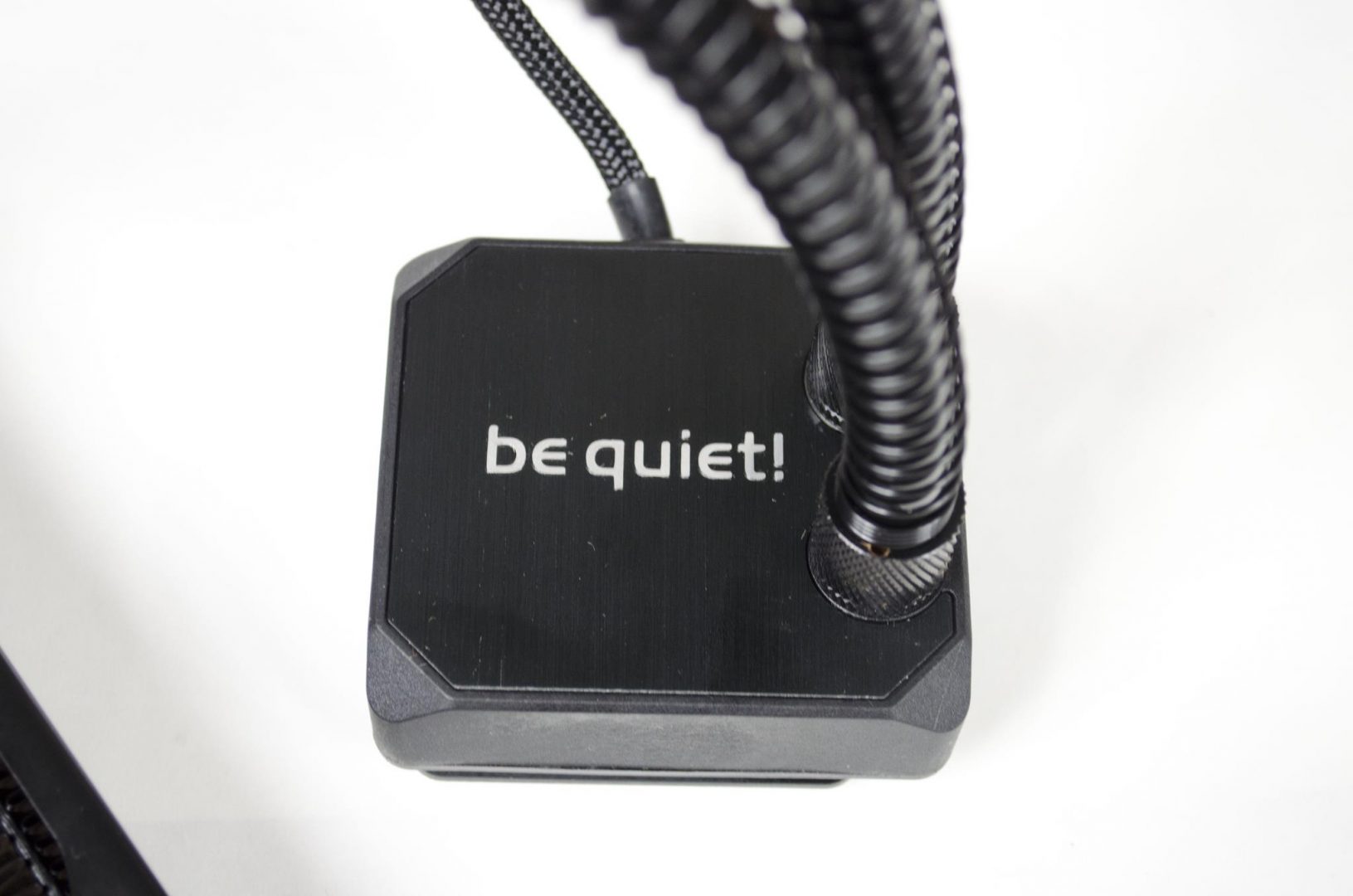Introduction
I have tested the be quiet! Dark Rock Pro 5 in the last content. This time I am taking a look at the flagship cooler from the manufacturer which is Dark Rock Elite. It is not Elite because it has RGB lighting but it is Elite because of its cooling performance and potential. Unlike the Dark Rock Pro 5 which has one 120mm and 135mm fans, the Elite has two 135mm fans from Silent Wings 4 series. Obviously, these are customized designs, particularly for this cooler. I will be pitching it up against the popular Assassin IV from DeepCool and Noctua NH-D15. Salient features include:
- 2 Silent Wings 135mm PWM fans for maximum air pressure and perfect airflow
- Innovative front fan mounting system for maximum usability and RAM compatibility
- 7 high-performance heat pipes for immensely high cooling power
- Quiet Mode for virtually inaudible operation and Performance Mode for extraordinary cooling performance via speed switch
- ARGB LEDs for great visual effects
- Special black coating with ceramic particles enables perfect heat transfer and elegant look
- Unmistakable, beefy design makes for an eyecatcher in any system
Product: be quiet! Dark Rock Elite
Price: MSRP €114.90 ($114.90 on Amazon.com) (£127.74 on Amazon.co.uk)
be quiet! Dark Rock Elite Specifications
Dimension
Packing and Unboxing
The product is shipped inside a cardboard box in the black color theme.
The Dark Rock Elite is rated to handle a TDP of up to 280W. This is 10W above what the Dark Rock Pro 5 is rated. Both coolers offer substantial cooling headroom. I would love to try these on Intel Core i9 SKUs to see if they can handle the thermal load of these chips.
There is a table of specifications printed on the side of the main packing box. No surprise there. Like Dark Rock Pro 5, be quiet! has also focused on 280W TDP prominently on the packing box all around. I am sort of a person who usually ignores this rating.
I am showing an inside view of the main packing box. There are two white color Styrofoam pads providing enough protection to the contents.
The complete cooler is pre-assembled and tucked in between two Styrofoam pads along with a screwdriver.
Contents
Let’s see what accessories are provided:
There is a paper-based installation guide and a container of mounting hardware in the box.
As I mentioned in the Dark Rock Pro 5 content that be quiet! has simplified the mounting of Intel sockets so that we can have the same set for all sockets. The following is provided:
- 2x AMD Mounting Brackets
- 4x AMD Spacers
- 4x AMD Screws
- 1x Intel Backplate
- 4x Intel Screws for the backplate
- 4x Intel Rubber washers for backplate
- 2x Intel Mounting Brackets
- 4x Standoff Screws
- 1x Thermal Paste
There is a screwdriver provided as well in the box.
Closer Look
Let’s take a look at the cooler and see its design and layout.
The dimension of this cooler is 145x136x168mm. This is the exact dimension of the Dark Rock Pro 5 as well. In many terms, the heatsink of both coolers is the same with some key differences that we will mention below. The weight of this cooler is 1.34 kg whereas the weight of the Dark Rock Pro 5 is 1.2 kg. This is understandable since there are two 135mm fans and the main cutout on the heatsink for the DIMM slot is less wider than that on the Dark Rock Pro 5.
The new cooler is compatible with Intel LGA1150/1151/1155/1200/1700 sockets. It is compatible with AMD AM4 and AM5 sockets only. This makes sense since this cooler is targeted for heavily overclocked systems and highly demanding workstations. There is no support for Intel LGA20xx so keep that in mind. The complete assembly is black ceramic color spray painted. The special black coating with ceramic particles makes a perfect transfer of heat possible.
As is the case with Dark Rock Pro 5, the Dark Rock Elite also comes with a similar-looking design where the middle fan is snapped in. There is a main frame and it has a magnetic top. However, what is different is the ARGB LED lighting effects on the top cover that does look good in person. There are still two mesh panels on the opposite ends. This top cover can be pulled but not as easily as is on the Dark Rock Pro 5. I appreciate the clean slate design on the top of this cooler.
Unlike the Dark Rock Pro 5 where the complete top cover is removable, the side frame on Dark Rock Elite is removed when pulled. We can see x magnets with the letter S printed over them indicating the South Pole. There is a slider button towards the bottom side. It has the letters P and Q printed on both ends. The P stands for the Performance mode in which both fans rotate at full speed of 2000 RPM. Switching the button to Q will load the Quiet mode in which both fans would spin at 1500RPM lowering the overall sound output hence the name Quiet mode. The middle fan is pre-installed to the central frame and it is a snap-in design. Finally, be quiet! has listened to the feedback and moved away from the sliding design on the Dark Rock Pro 4. You are no longer required to install the fan outside of the case without removing the graphics card. Kudos! You just need to catch the frame and pull the complete assembly out of the cooler.
Looking at the front, there is a Silent Wings 4 135x25mm fan pre-installed. This fan is integrated into a frame. This frame or bracket is removed by sliding it upwards. There are two channels on the heatsink that we will show on which this fan bracket slides. The DIMM clearance with this fan is 32mm. However, you can adjust the height up to 71mm which would increase the overall height of the cooler to 208mm. Keep that in mind for the PC Case’s CPU Clearance when using high-profile RAM.
I am now showing the front view of the heatsink itself after removing the 135mm fan bracket. There are a total of 45 fin plates in the front tower. There are 36 fin plates in full width. The remaining 9 fins are in an offset manner from the width perspective. This is done to give enough clearance for the high-profile RAM. The last three fin plates have cutouts or insets as well. This is done to provide good clearance from the VRM area of the motherboard. Be quiet! has done a fine job ensuring maximum compatibility with the motherboards. The overall design layout is different on this heatsink compared to the one on the Dark Rock Pro 5. The sides of the fins are protruded whereas the large mid-section is inset. One thing that I have noticed is that sliding the fan bracket on these channels requires force and I am not comfortable doing that once the cooler is installed on the motherboard. Be quiet! needs to look into this. The sliding should not be rigid.
I am showing the rear of the heatsink. Here we have an alternate arrangement of the fin plates in the groups of 8 and 7. The 7 groups are in an inset layout compared to the full width of the 8 groups. There are three fin plates per group in 8 plates. We still have a total of 45 fin plates on this end as well. This is exactly the same layout as is on the Dark Rock Pro 5.
I am now showing the side of the cooler. We can see a plastic frame that serves as housing for the middle 135mm fan. It has Dark Rock Elite engraved over it. One good thing that be quiet! has done is moving the heat pipes closer to the base. This would provide the utmost clearance for the DIMM slots where possible.
I have removed the middle fan and am now showing the heatsink itself. Comparing both towers, we have more surface area on the rear tower compared to the front tower which is coming from the fact that 9 fins are less thick to make room for high-profile RAM. We can also spot cutouts on the last three fins on each tower to ensure maximum clearance with respect to VRM coolers.
I am showing the mounting plate that is pre-installed on the main body over the base area of the heatsink. It has the same design and layout as the Dark Rock Pro 5. This base area also has an aluminum heatsink design to provide maximum heat dissipation coverage. There are two screws for installing the cooler on the CPU socket.
There are a total of 7x copper heat pipes on this cooler. Each heat pipe has a thickness of 6mm. Each heat pipe is also ceramic black color spray coated. These heat pipes make maximum contact with the fins with two outermost pipes going inside the tower in a group.
There is a nickel-plated copper base on this cooler measuring 45x40mm. There is a protective cover over this base. Don’t forget to peel it off before installing the cooler.
Time to take a look at the fans.
be quiet! has provided a Silent Wings 4 135mm PWM fans. Here are the specifications of the Fans:
| Dimension | 135x135x25mm |
| Speed | 2000 RPM (Max) |
| Current | 0.40A |
| Rated Voltage | 12VDC |
| Power | 4.8W |
| Fan Power Connector | 4-pin PWM |
| Bearing | Fluid Dynamic Bearing |
| Motor Technology | 6-pole fan motor |
| Cable Length | 120mm/80mm |
| Lifespan (h / 25°C) | 300,000 |
| Sound Level | 25.8 dB(A) |
Silent Wings 4 is a new generation of fans and we have seen these fans delivering a good performance. The Dark Rock Elite has two 135mm fans that are identical. I am showing the front fan along with its bracket. It has 7 blades with each blade having a layered surface for maximum airflow generation. There is be quiet! branding in the center. The main frame has a stylish design with curvature on the mounting corners.
The fan can be removed from the main frame by unscrewing 4x screws. There is a 4-arm assembly that holds the motor and blades. One arm has an extender with an inset to catch the wires coming from the center. There is no button on the back to set the different speed dials which is understandable since these fans are controlled using the built-in controller. The fans are manufactured on 30 July 2023. This fan has a proprietary connector since it is connected with the middle fan where there is a single cable connection at the user’s disposal.
I am showing the middle Silent Wings 4 135mm fan. There is a customized main frame designed for this cooler that houses this fan. You can remove the top plate completely. There are 7 blades in this fan having the same design pattern. This frame has the same design as the Dark Rock Pro 5.
I am showing the backside of this fan. Notice the wires routed towards the upper side of the frame. These wires are connected to the controller button interface and ARGB LEDs. The lower end has wires coming from the center and going out from the frame. The top frame is removable by undoing the screws on the mounting tabs. There is a 3-pin, 5V standard RGB connector that can be connected to the motherboard’s ARGB header so that you can control the LED lighting effects.
Looking at the base of the main frame, it has two holes. The screw heads on the mounting plate go inside these holes to conceal the overall look.
I am showing a proprietary connector on the front fan that is connected to the same type of socket as the middle fan. There are two cables coming out from the middle fan. One is the standard ARGB connector and the other is a standard 4-pin PWM connector.
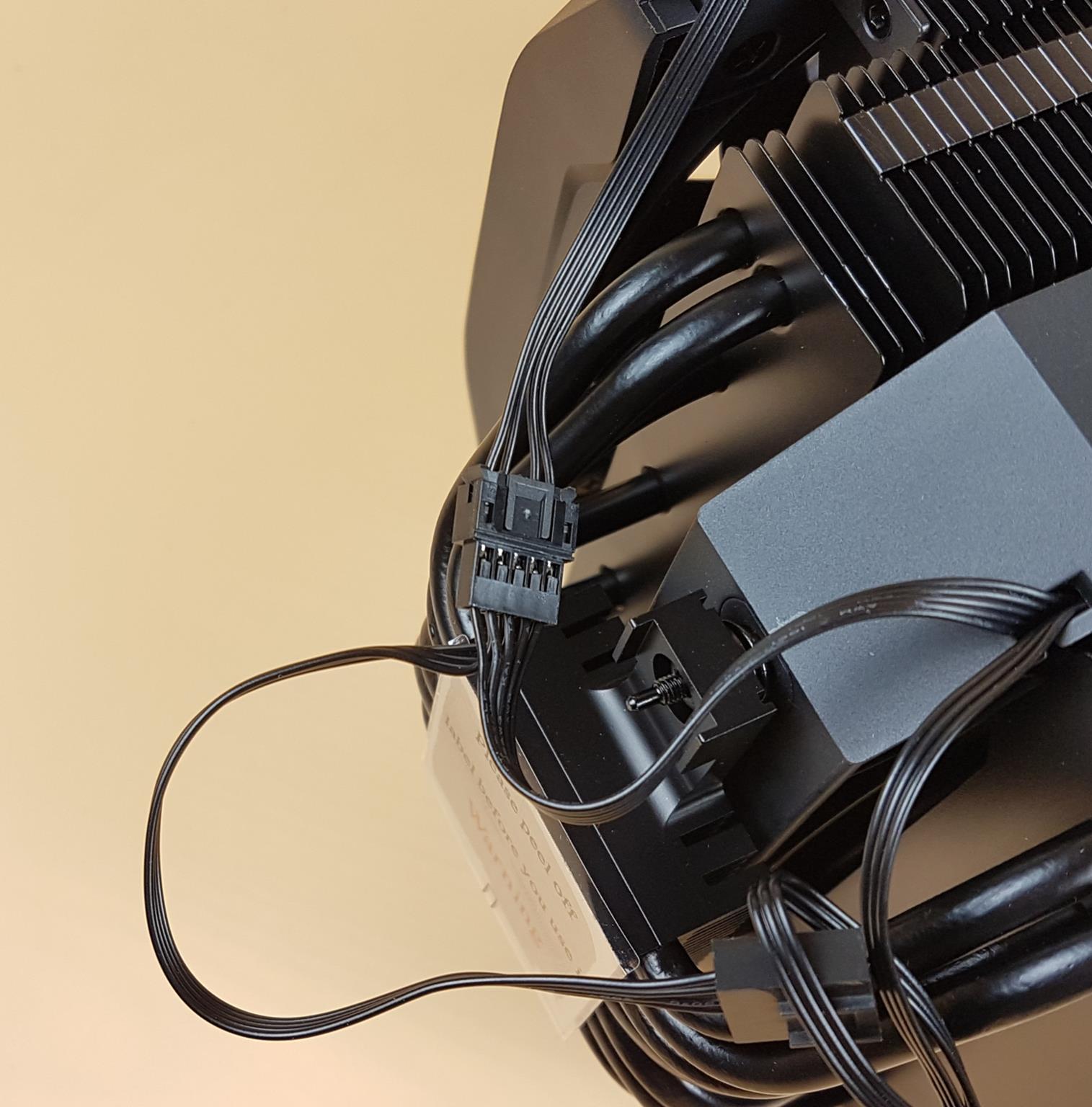
I am showing both fans’ cables connected to each other.
Installation
We are not covering the installation of the coolers any longer since the user manual is there for this purpose. We do provide any notes or observations recorded during the installation. Be quiet! is using their standard mounting hardware for all coolers. Installation of this cooler is convenient and I did not record any issues installing this cooler. I have found sliding of the front fan quite rigid as it takes force and this is where I am not comfortable operating after the cooler is installed on the motherboard.
Clearance
It is time to take a look at the clearance aspects of Dark Rock Elite. I cover four aspects with respect to the motherboard clearance followed by a clearance for PC Case:
- RAM Clearance
- GPU Clearance
- Top of motherboard Clearance
- Motherboard’s rear Clearance
Let’s explore.
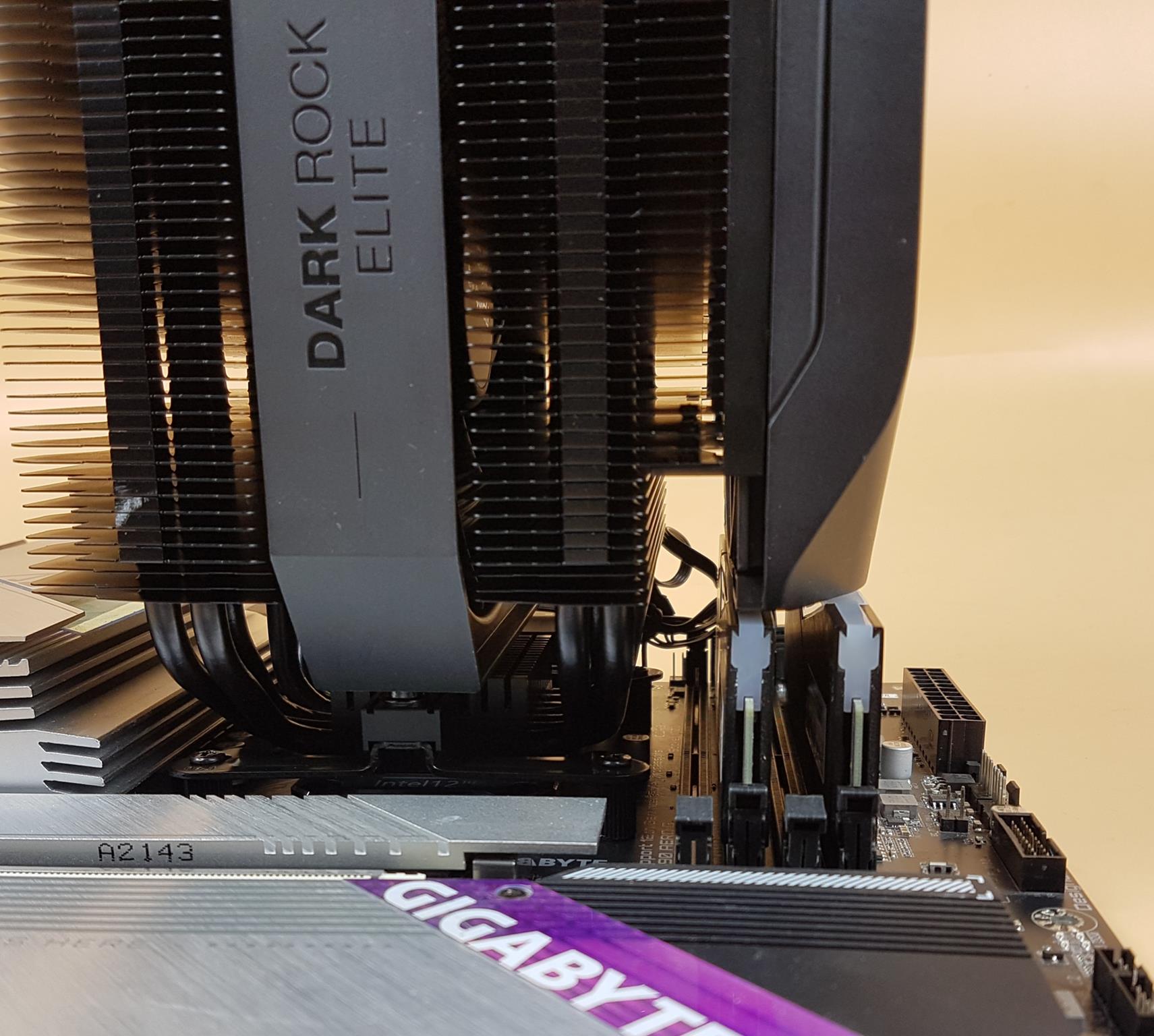
The clearance for the first DIMM slot from the heatsink itself is 63mm. However, this clearance reduces to 32mm after installing a front fan in its default position. You can adjust the height of the front fan to make room for high-profile RAM by up to 71mm. This will increase the overall height of the cooler to 208mm and this would impact the PC Case’s CPU Clearance.
There is no clearance issue for the first PCIe x16 slot on the GIGABYTE Z690 AERO G motherboard.
The heatsink of this cooler does not obstruct the top area of the motherboard.
There is no clearance issue towards the Rear of the motherboard either.
This cooler has a height of 168mm. You would need at least 170mm clearance for the PC Case.
RGB Lighting
Be quiet! has used a standard ARGB connector on this cooler for the lighting effects on the top cover. I have used GIGABYTE RGB Fusion 2.0 app to control the lighting and it was working fine. Here is a picture.
Testing
We have used the following configurations for testing:
- Intel core i7 12700k
- GIGABYTE Z690 AERO G D5
- Sabrent Rocket 32GB DDR5 Kit @ 4800MHz CAS 40
- GIGABYTE GeForce RTX 3060 VISION OC
- Sabrent Rocket Q 500GB NVMe SSD [For OS]
- Be quiet! Straight Power 11 850W Platinum PSU
- Thermaltake Core P6 TG Snow Edition in an open frame layout
Test table is:
| Clocks | P-Cores 4.8GHz
E-Core 3.8GHz |
| Voltage | 1.20V |
| C-States | Disabled |
| Speed Step | Disabled |
| Rest of settings | Stock, Auto |
| XMP | XMP Loaded where available |
| Thermal Paste | Noctua NT-H1 |
| Thermal Paste Application | X lines method |
| Headers | CPU_FAN, CPU_OPT, and PUMP Headers |
| Stress Software | CINEBENCH R23.2 |
| Stress Run Time | 30 minutes |
| PC Idle Time | 5 minutes |
| Monitoring Software | HWInfo64 |
| OC Tool | Intel XTU |
A bit of note about the new platforms. We have seen AMD AM5 and Intel Alder Lake S CPUs taking more power and this time both sides have aimed at reaching the maximum clocks regardless of thermal limit. In fact, the AM5 SKUs will run into thermal limits right away depending on the cooling solution and the clocks being used. This has made testing of CPU coolers challenging because viewers/readers are not used to a new nomenclature which is what clocks are sustained under a given load using a particular cooler. That is if the cooler is capable of providing enough cooling head to sustain the high frequencies. Traditionally we are used to going the other way around that is which cooler is better in terms of thermal capacity. Despite this, we are using temperatures as a base for measuring this unit. Among other reasons is the high thermal density of these new CPUs.
The ambient temperature was in the range of 25°C to 25.5°C. Since the variation in the ambient temperature is within 1°C, we are reporting absolute temperatures in the graph. The testing is done on an open-air bench system. Once inside the chassis, the temperatures are expected to rise and would largely depend upon the optimal airflow inside the chassis.
Disclaimer: Every silicon is different hence no two SKUs are likely to take same voltage to yield same performance at same thermals per se but the margin would be close. Not every stress test run may yield the same result which could be due to various reasons like thermal paste application, ambient temperature variation, the mounting pressure of the cooler, etc. This is why we have listed our variables and their settings. Let’s take a look at the results.
Result
The Elite has outclassed all other high-end air coolers in the graph. This is an absolutely good performance from this cooler and in my opinion, this cooler even at fans’ full speed is not that loud either. Please keep in mind that thermal behavior would vary from configuration to configuration and heat load.
Conclusion
be quiet! has launched two new CPU air coolers named Dark Rock Pro 5 and Dark Rock Elite. I have taken a look at the flagship cooler Dark Rock Elite in this article. Both be quiet! coolers almost have the same design pattern as the heatsink. The fans are making the key difference in both types. The Dark Rock Elite is rated for 280W TDP. This new cooler is compatible with:
- Intel LGA1150/1151/1155/1200/1700 sockets
- AMD AM5 and AM5 sockets
There is no support for the Intel LGA20xx socket anymore from both coolers so the users of the old platform are left out of the equation. The same was the case with the Pure Loop 2 360mm cooler that I tested earlier.
This cooler has a dual-tower design. It uses using ceramic black color spray coating on the assembly for better heat transfer. The complete assembly is black in color including the heat pipes. Both towers have 45 fins or fin plates however you want to call them. The front tower has multiple insets and offsets on the fin stack. The 36 fins have a full width whereas 9 fins have less width. This is done to provide a 63mm clearance for the high-profile RAM from the heatsink. The Dark Rock Pro 5 provides 64.5mm clearance in comparison. The lower ends of the fins have also insets to provide a better clearance for the motherboard VRM coolers and rear cooler. The rear tower has an alternate group of fin plates stacked in an offset or inset manner. There are three fins in each group having full width. We still have a total of 90 fins combined compared to Dark Rock Pro 4. This cooler has 7x copper heat pipes having 6mm thickness each. There is a nickel-plated copper base plate measuring 45x40mm.
This cooler has a dimension of 145x136x168mm compared to 145.7x136x162.8mm (LxWxH) of Dark Rock Pro 4. However, this dimension is the same as of the Dark Rock Pro 5. The Dark Rock Elite has a weight of 1.34 kg whereas the Dark Rock Pro 5 was 1.20 kg in weight. The top cover is magnetic and can be pulled off. This is designed because the middle fan is no longer required to slide in from the side. It is a snap-in design where you can lift or pull the mainframe and the fan would come out. Don’t forget to disconnect both fans before removing any fan. There is a subtle ARGB lighting effect on the top cover. Be quiet! has designed a custom bracket or frame for the middle 135mm fan for this purpose. Another key difference between the Elite and Pro 5 is that the Elite has two 135mm fans whereas the Pro 5 has one 120mm and another 135mm fan.
This cooler comes with two Silent Wings 4 series 135x25mm sized fans. The front fan is installed in a dedicated bracket instead of using the fan clips. This complete bracket is slid on the channels installed on the heatsink. I have found this sliding operation quite rigid. It should be flexible. The middle fan is a snap-in design as is on the Dark Rock Pro 5. The front fan has a 5-pin proprietary connector and is connected to the middle fan. The middle fan provides the standard 4-pin PWM connector in addition to the standard ARGB connector. Both fans are rated for 2000 RPM under Performance mode and 1500 RPM under Quiet mode. There is a slider button on the main frame up top to switch between these two modes.
Be quiet! is using standard mounting hardware on all of their coolers and the same is the case with the Dark Rock Elite. I appreciate how be quiet! has standardized the mounting hardware on Intel sockets so that we have only one set for all sockets. The installation is convenient and I did not observe any issues during the installation. The bundled screwdriver comes in handy as well. Speaking of clearance there is a clearance of 63mm for the RAM from the heatsink and 32mm from the front fan. This is a limited clearance for the RAM from the front fan but you can adjust the height of the front fan by up to 71mm but this would increase the height of the cooler to 208mm. There are considerations!
The be quiet! Dark Rock Elite has an MSRP of $114.90 / €114.90 / £109.99. This cooler has a 3-year warranty which in my opinion should have been a minimum of 5 years. This cooler is dominating the graph for the air cooler segment though DeepCool Assassin IV is giving a tough competition. Noctua needs a new cooler now for more than ever. The Dark Rock Elite comes recommended by us.
Pros:
- Thermal Performance
- AMD AM5 and Intel LGA1700 Socket Support
- Snap-In Design of Middle Fan
- Adjustable Fan Bracket on front
- Magnetic Top Cover
- ARGB Lighting Effects
- Built-in Controller
- Performance mode and Quiet mode
- Noise Performance
- Silent Wings 4 135mm Fans
- Screwdriver
Cons:
- Low Warranty Period
- Proprietary connection between both fans
- Rigid sliding of the front fan bracket
- Pricing is bit high compared to the competition

